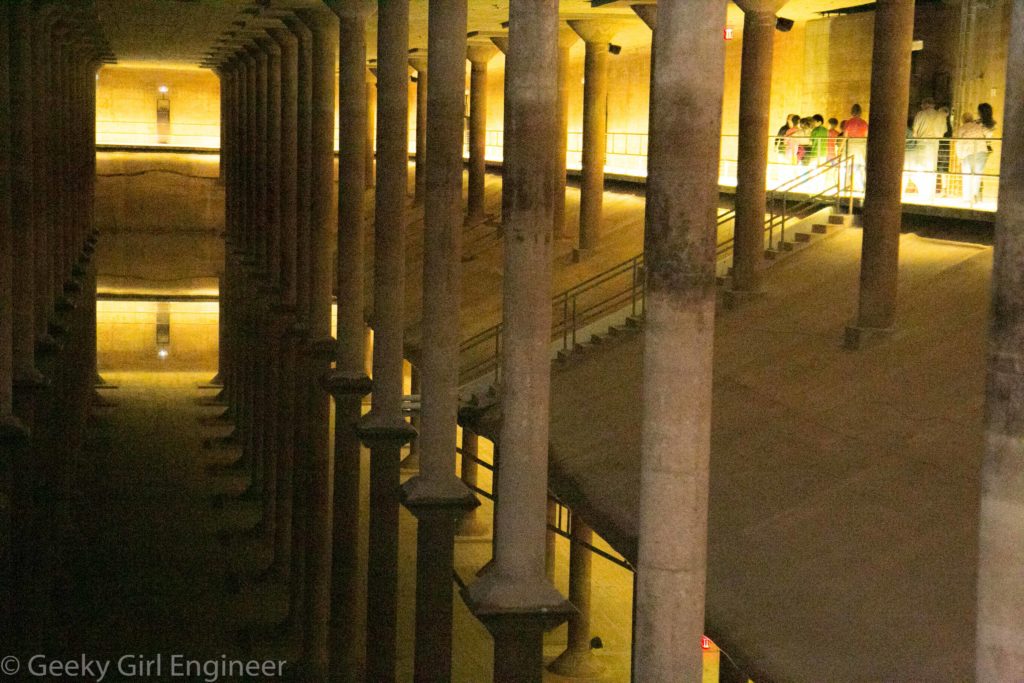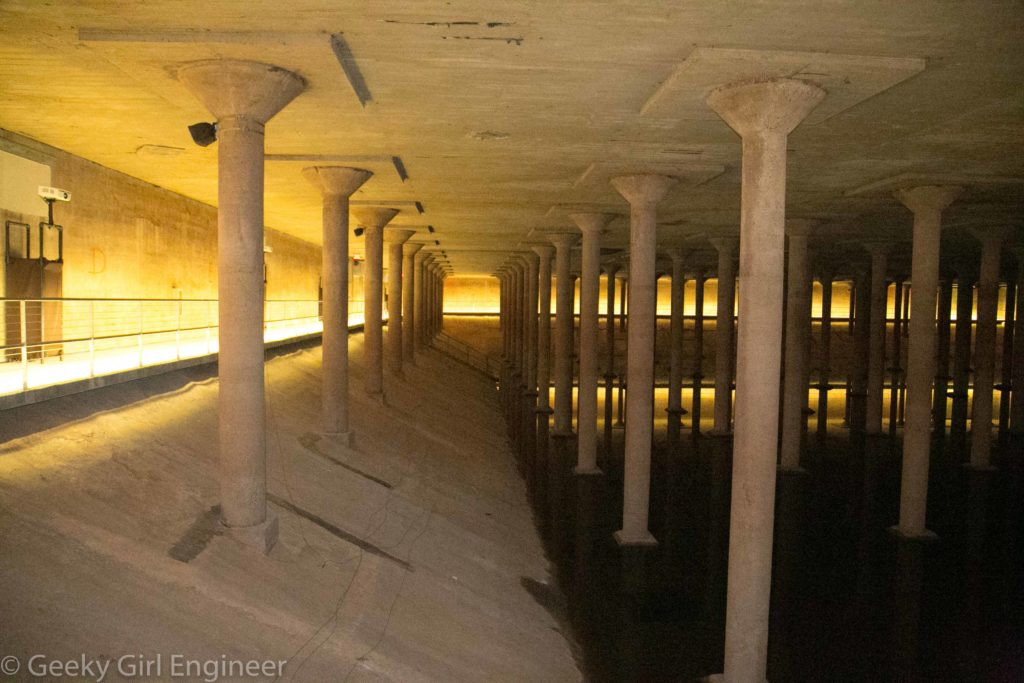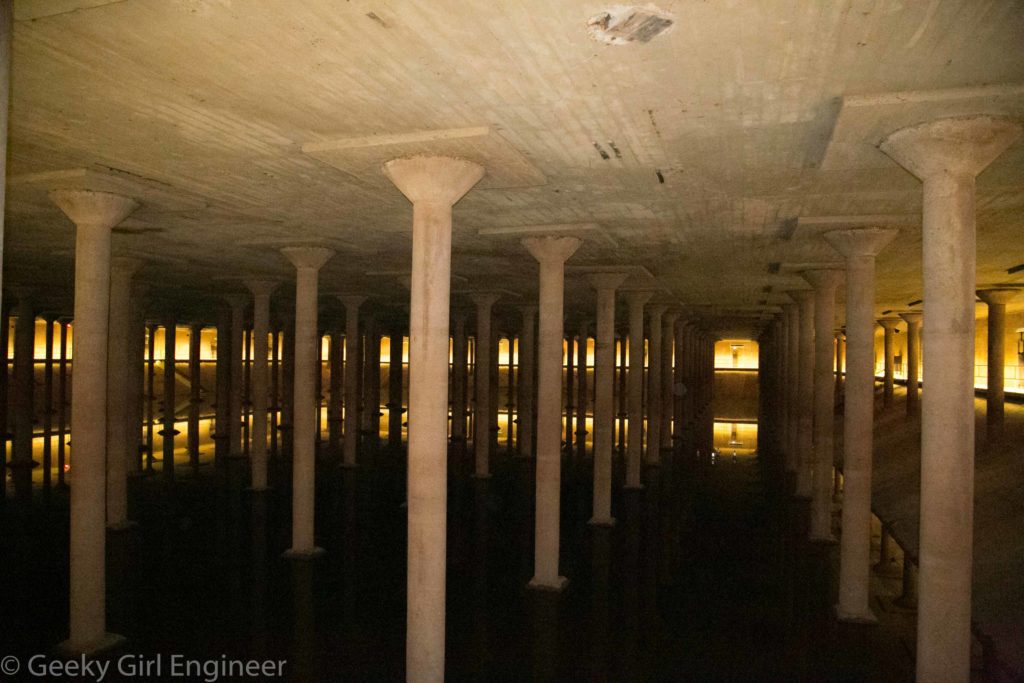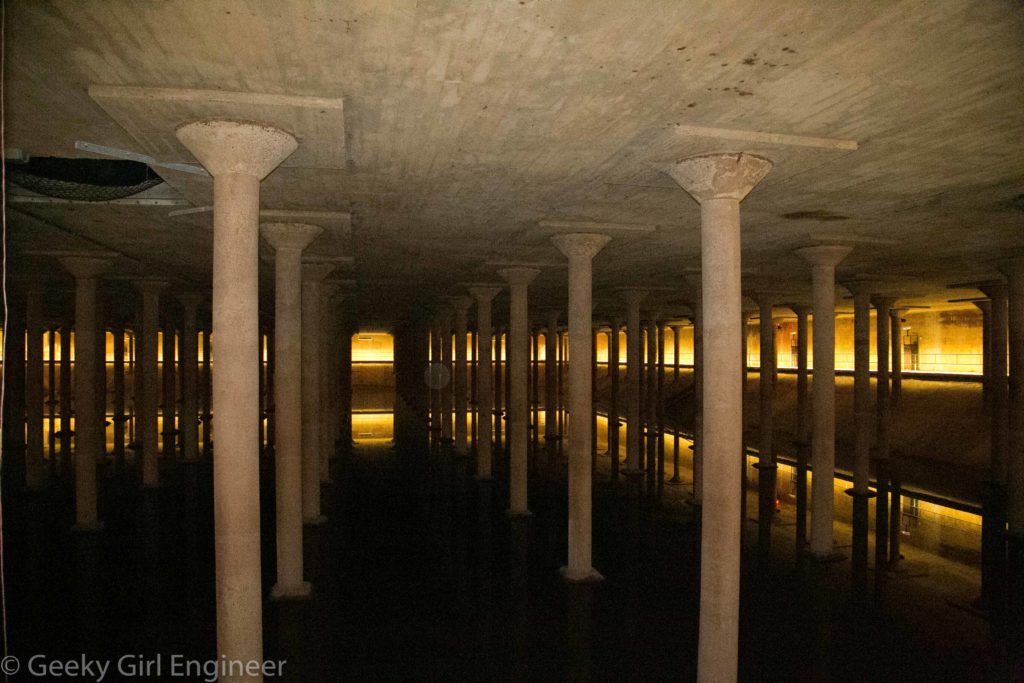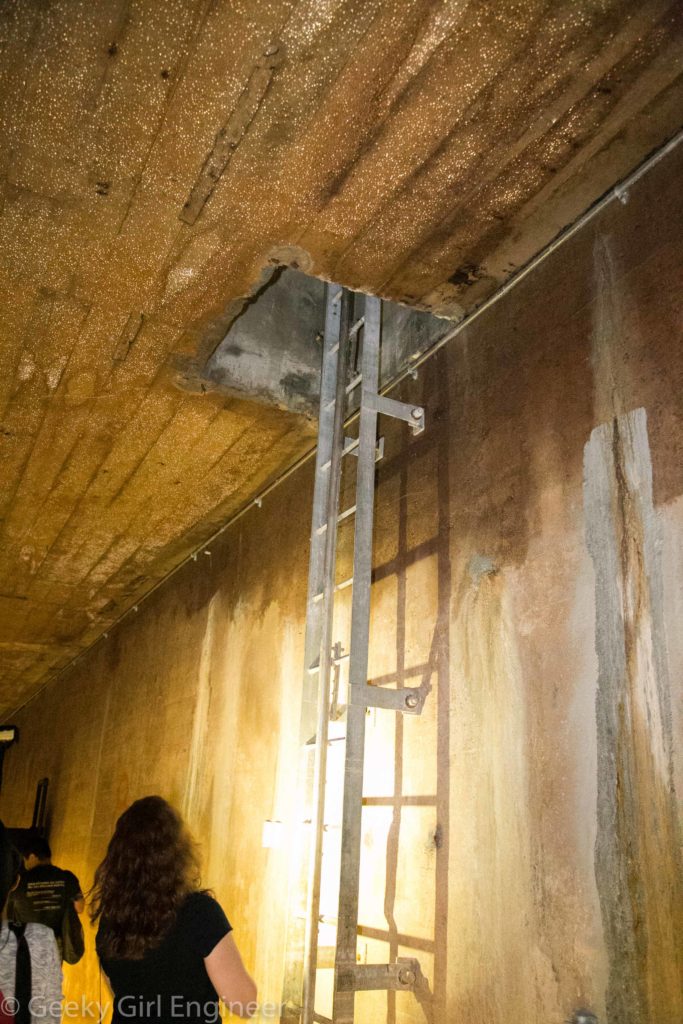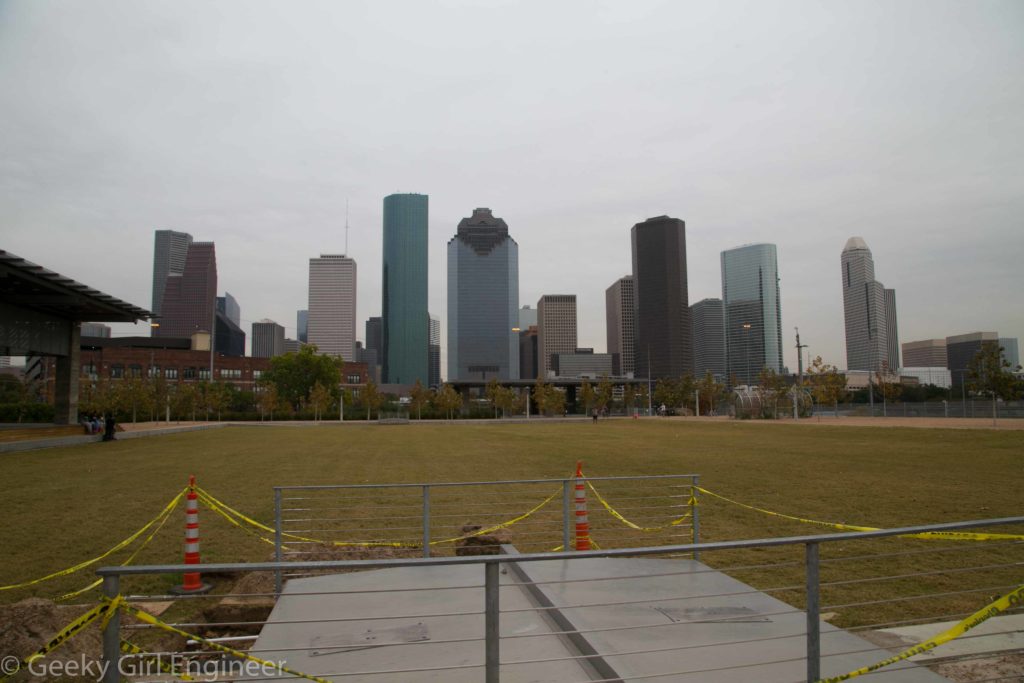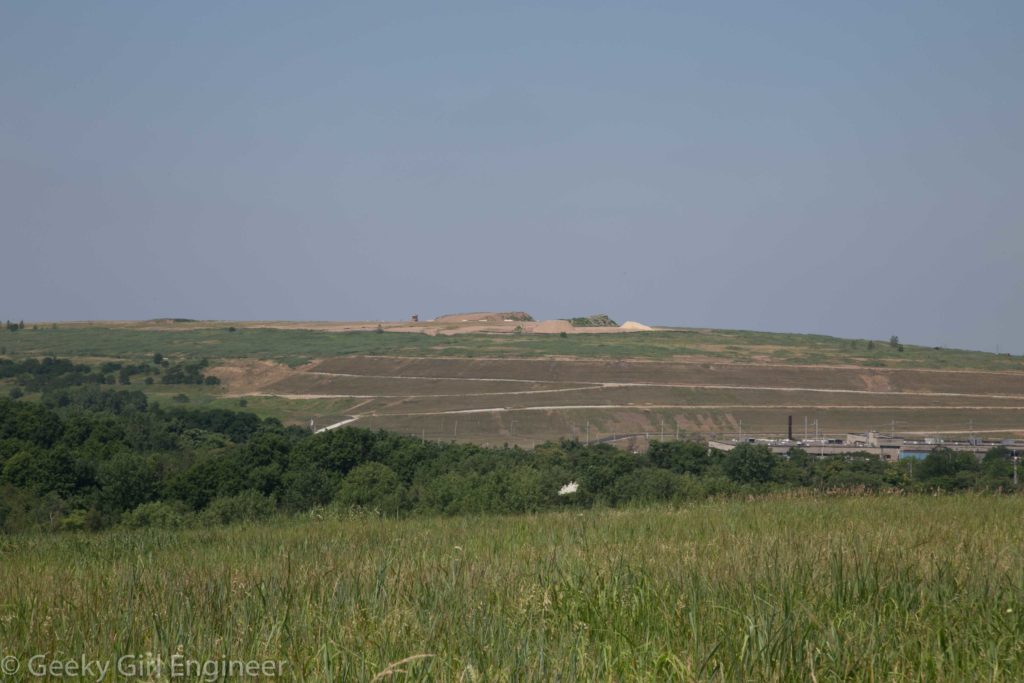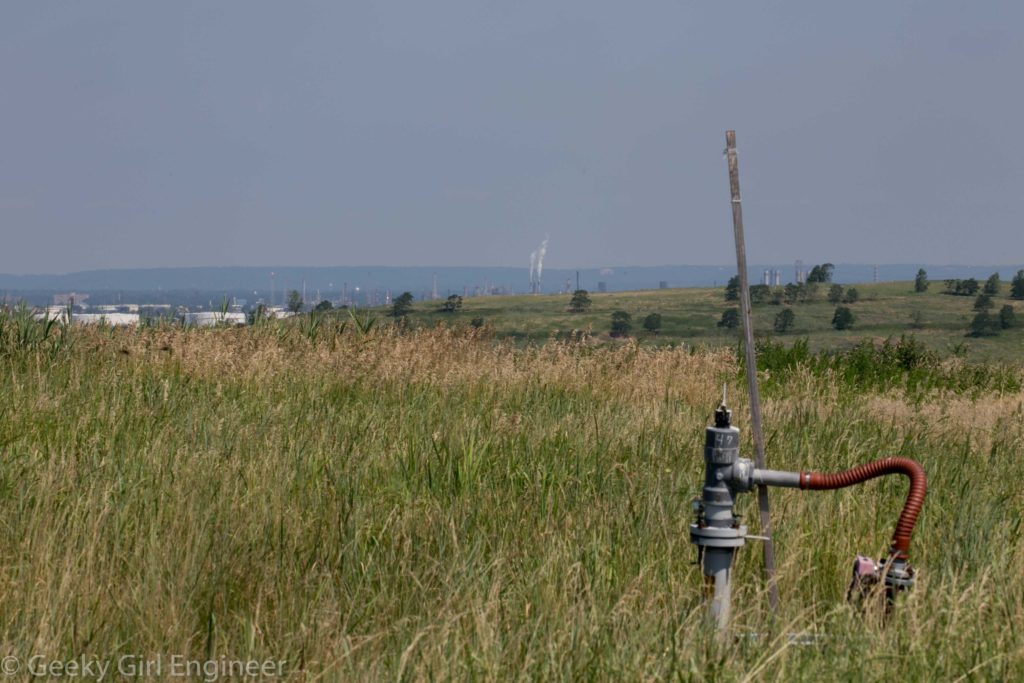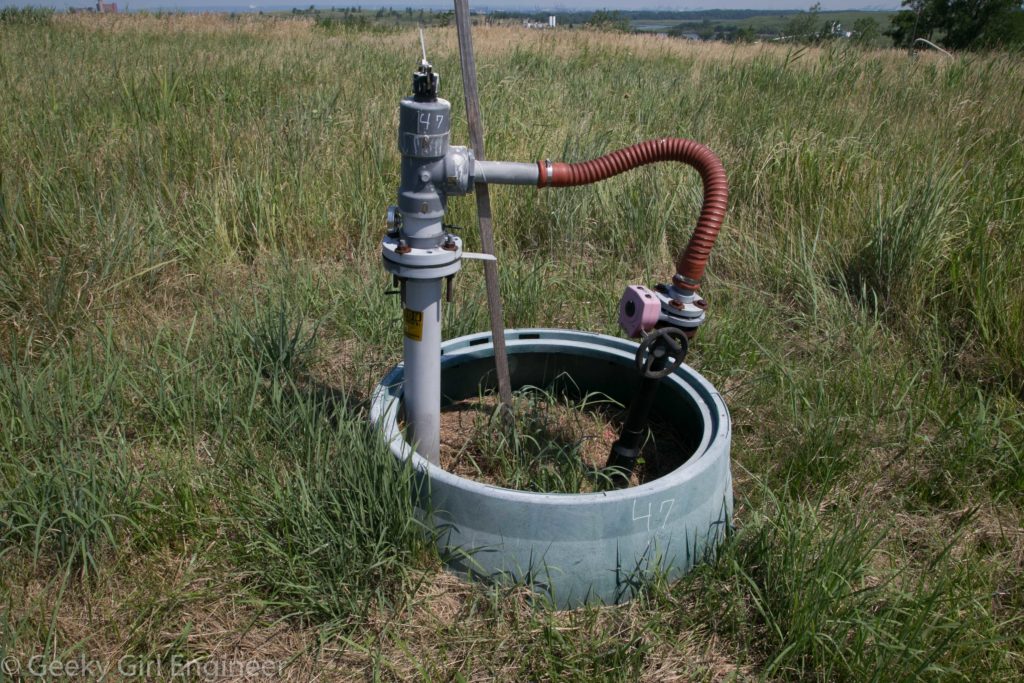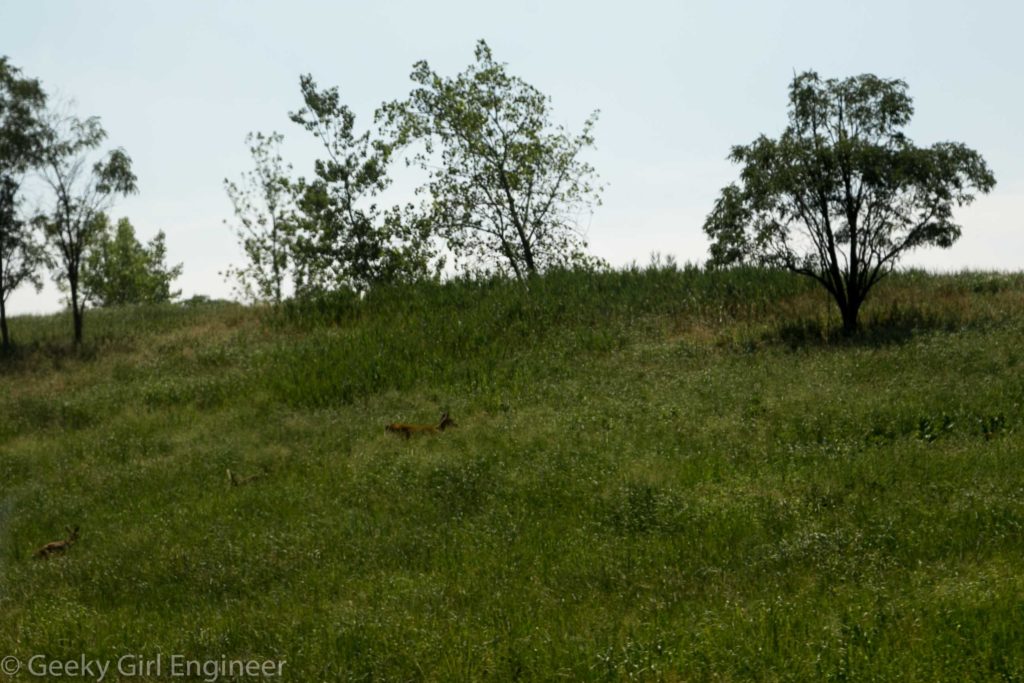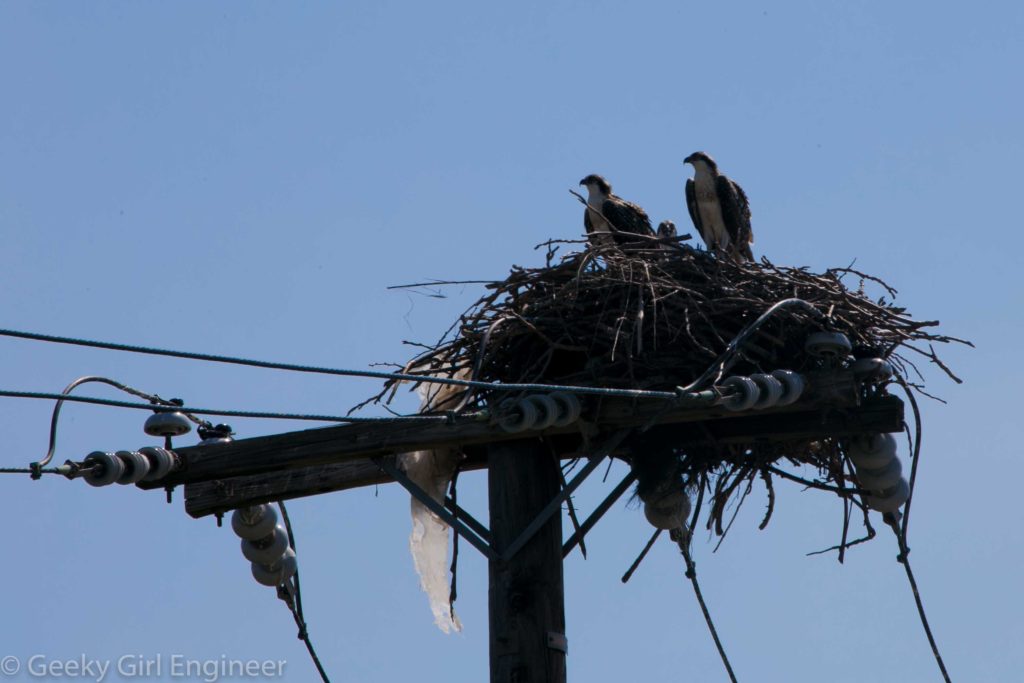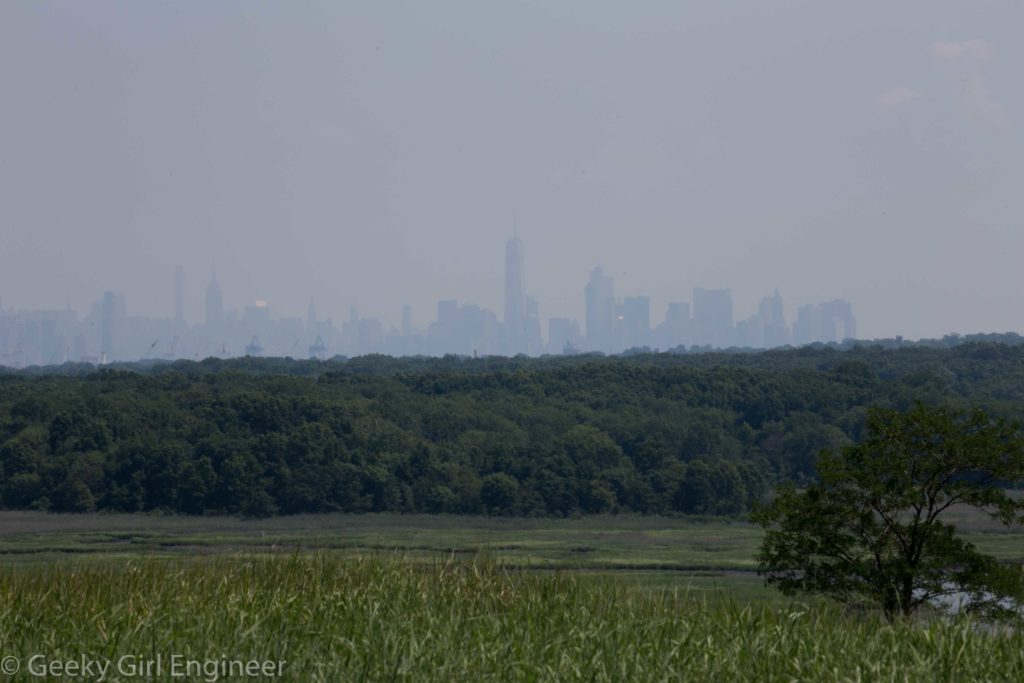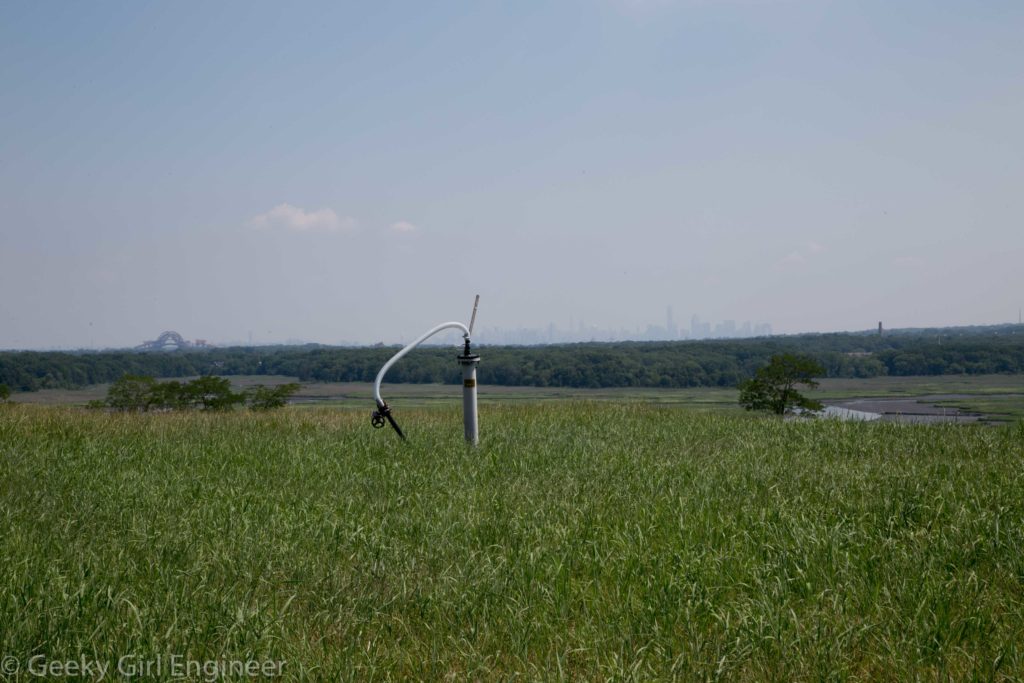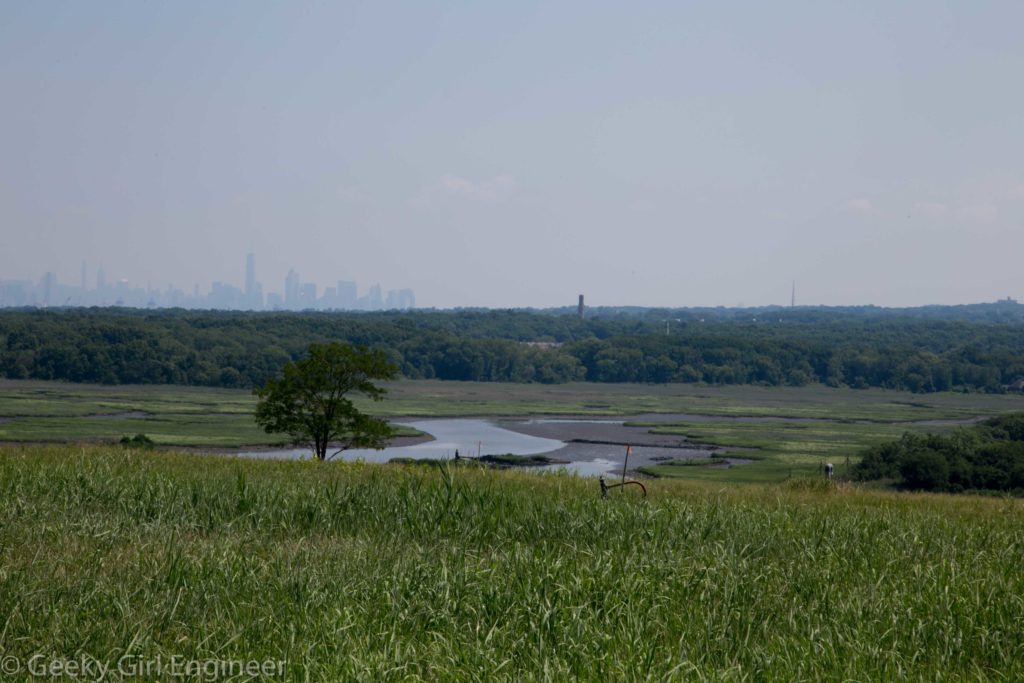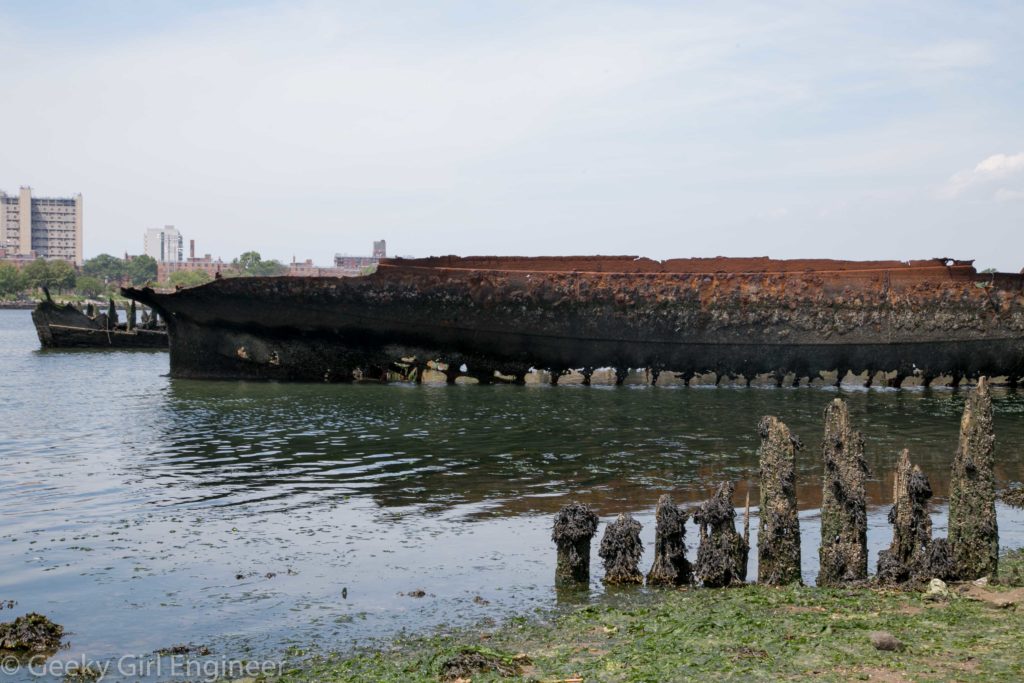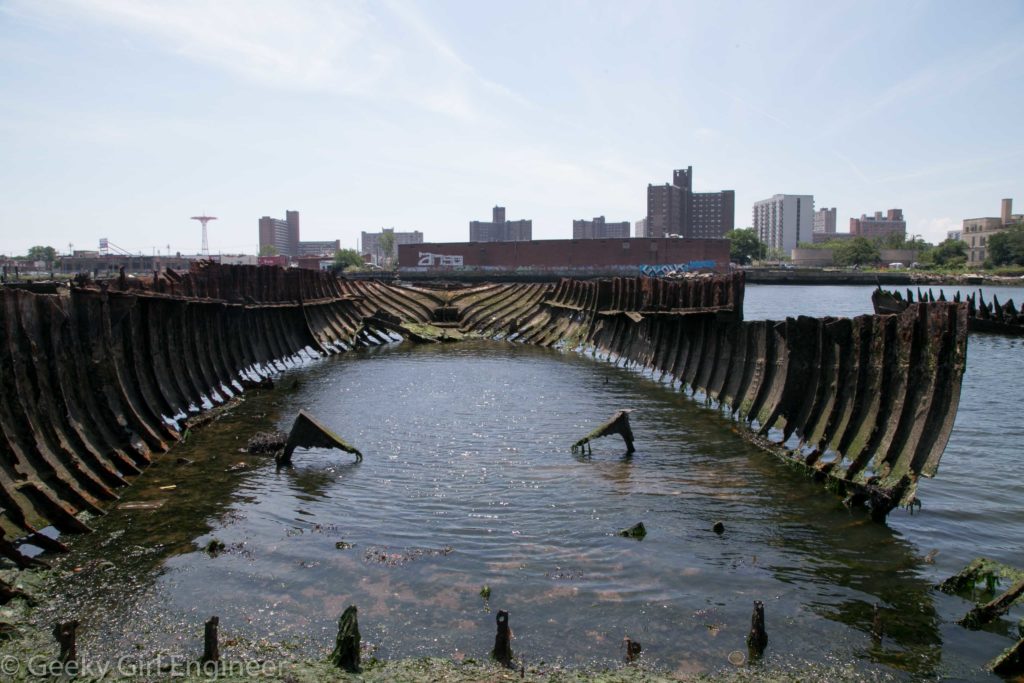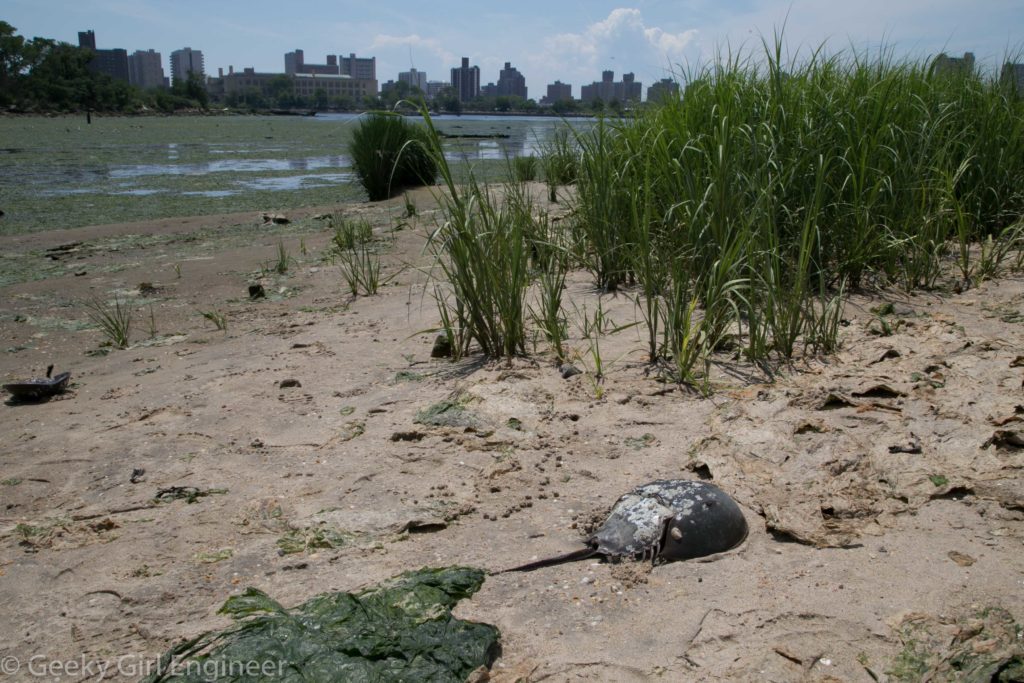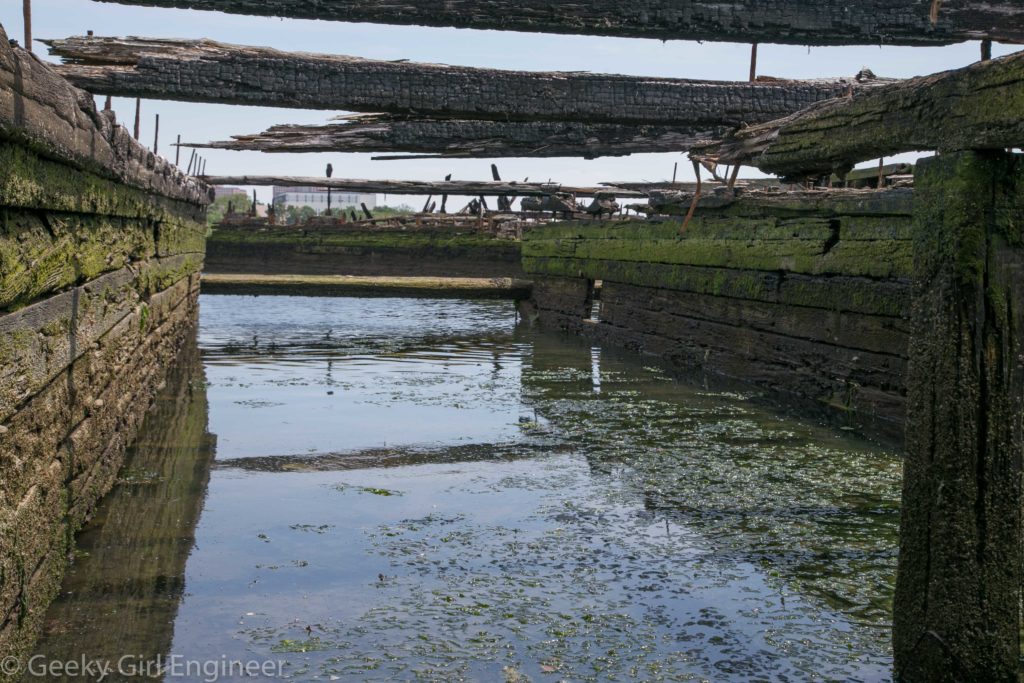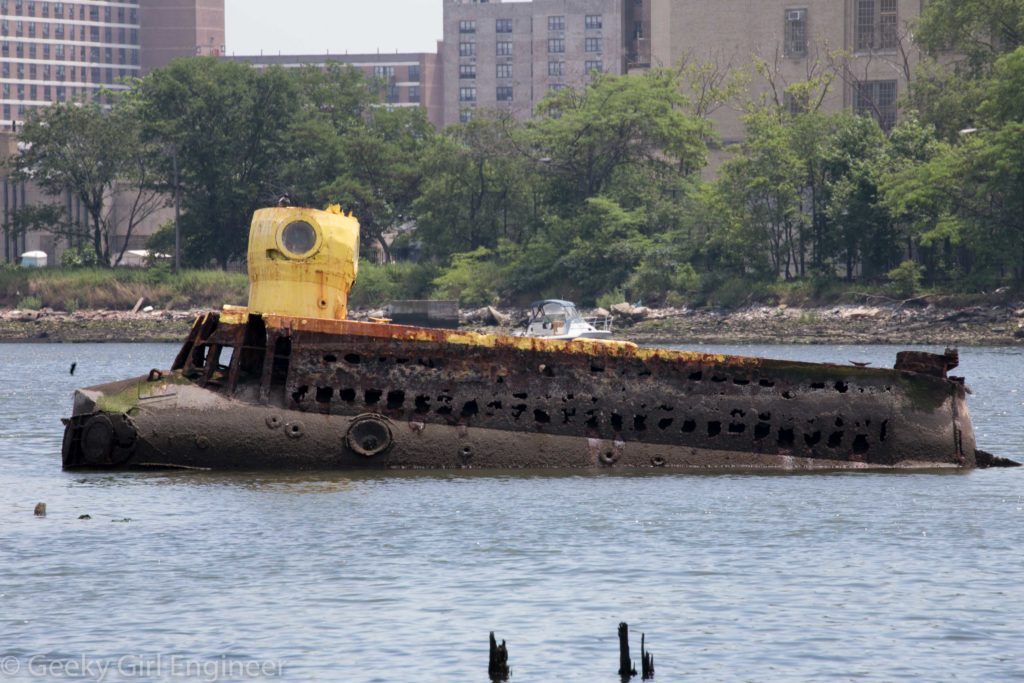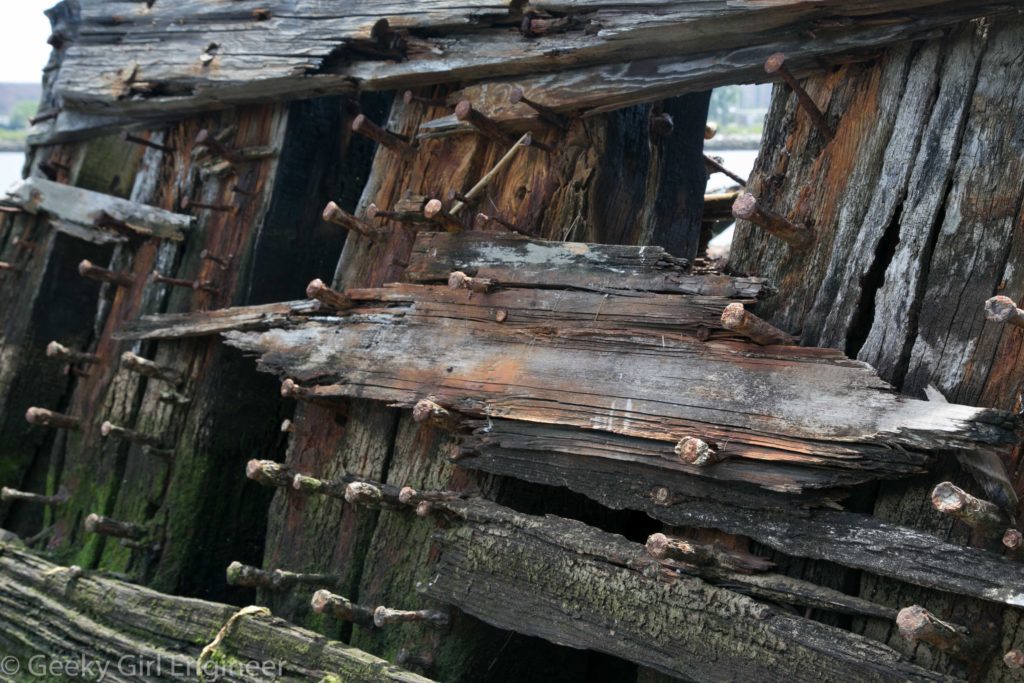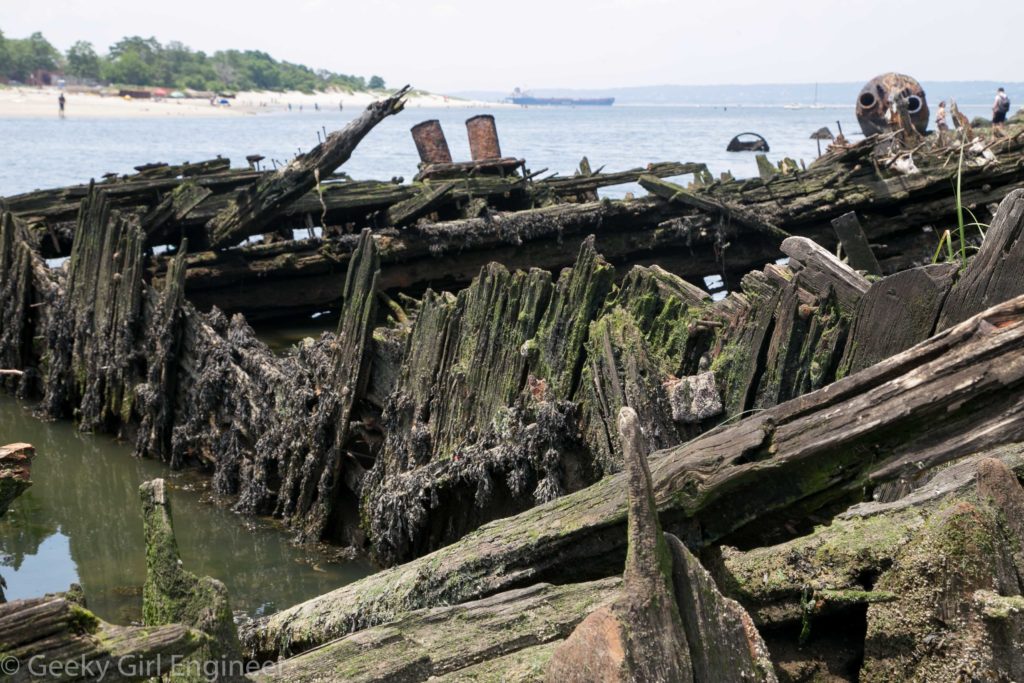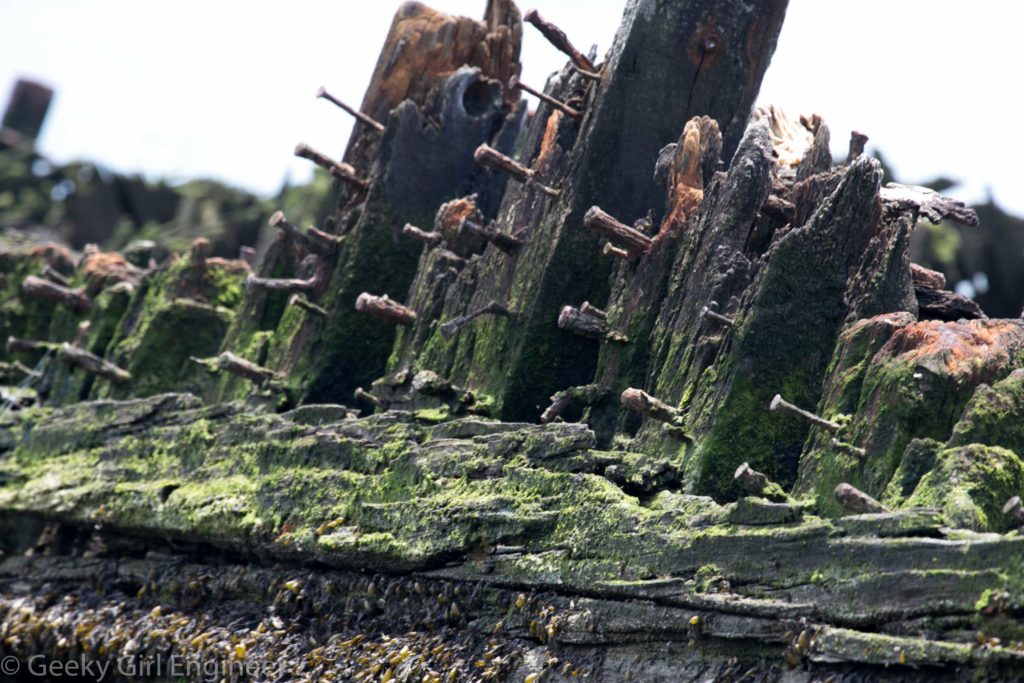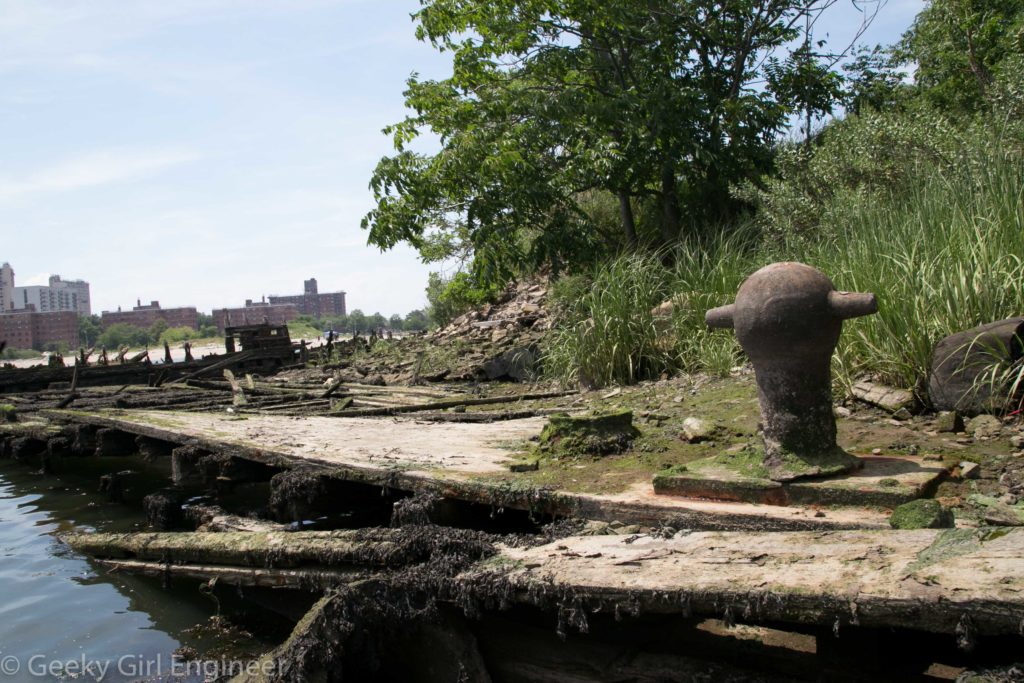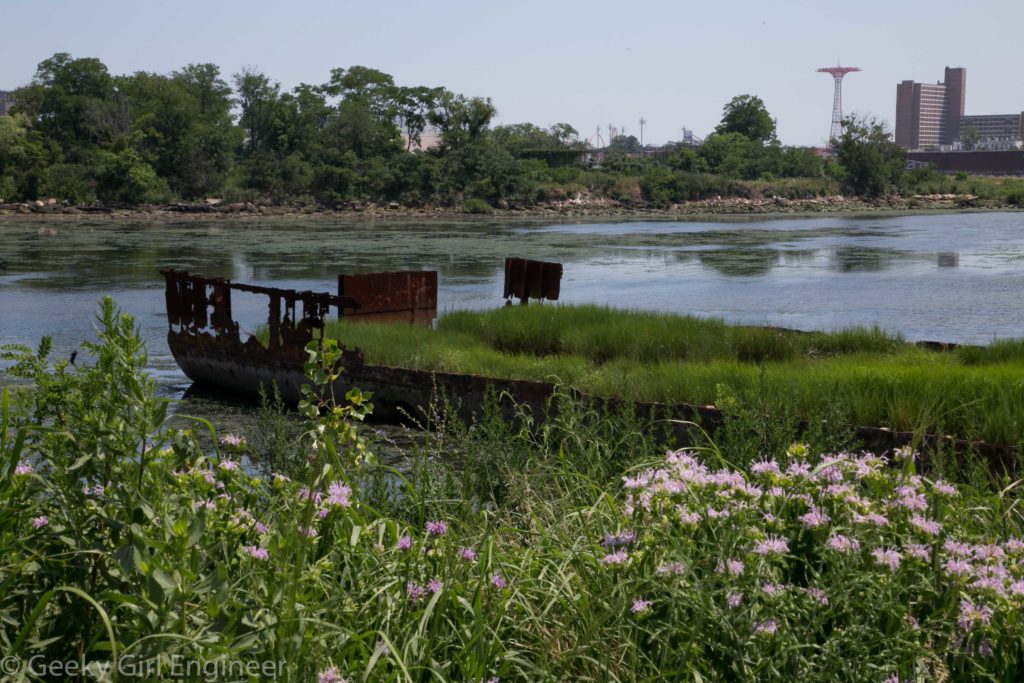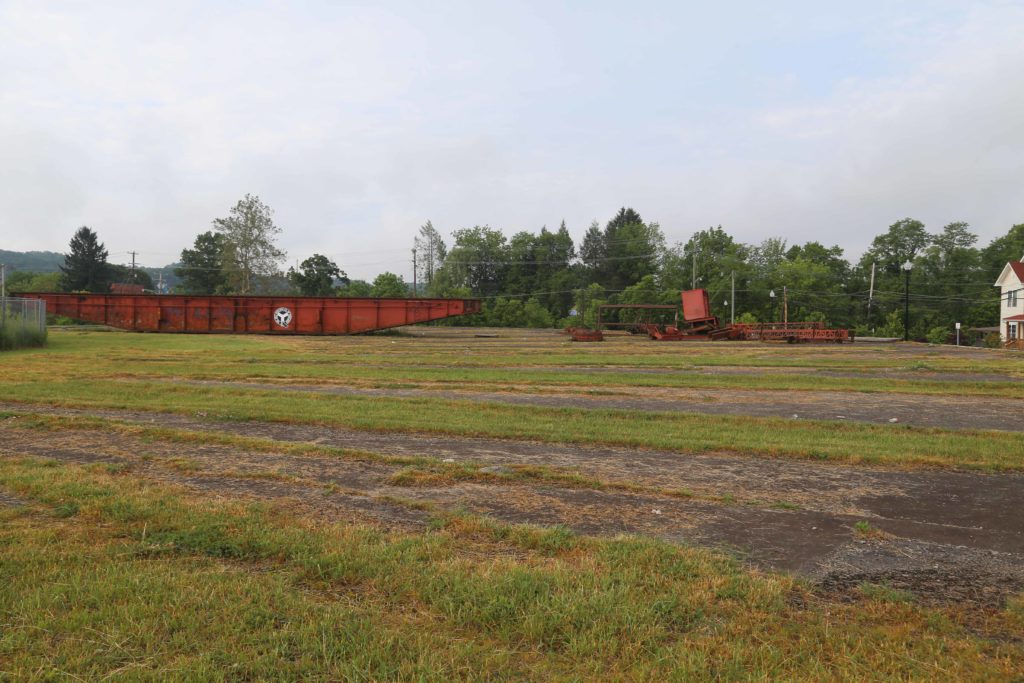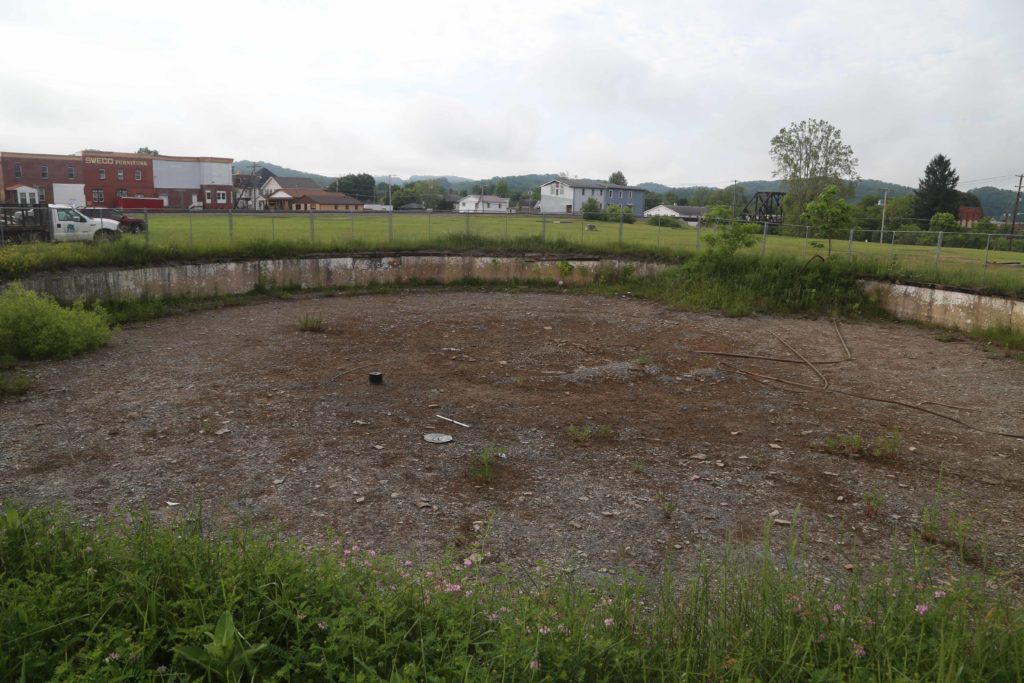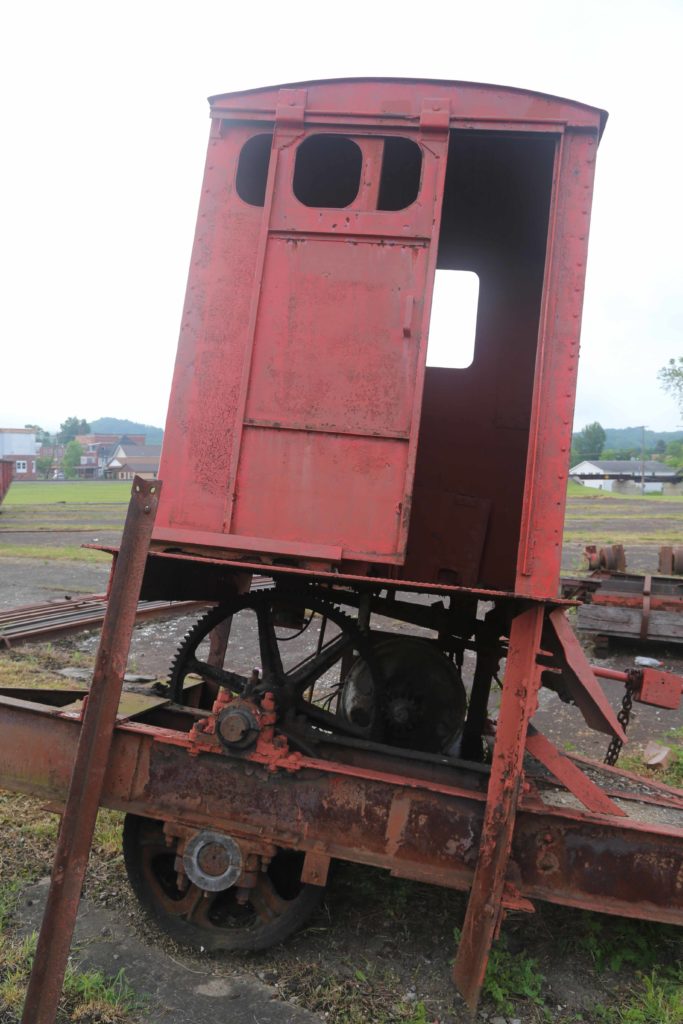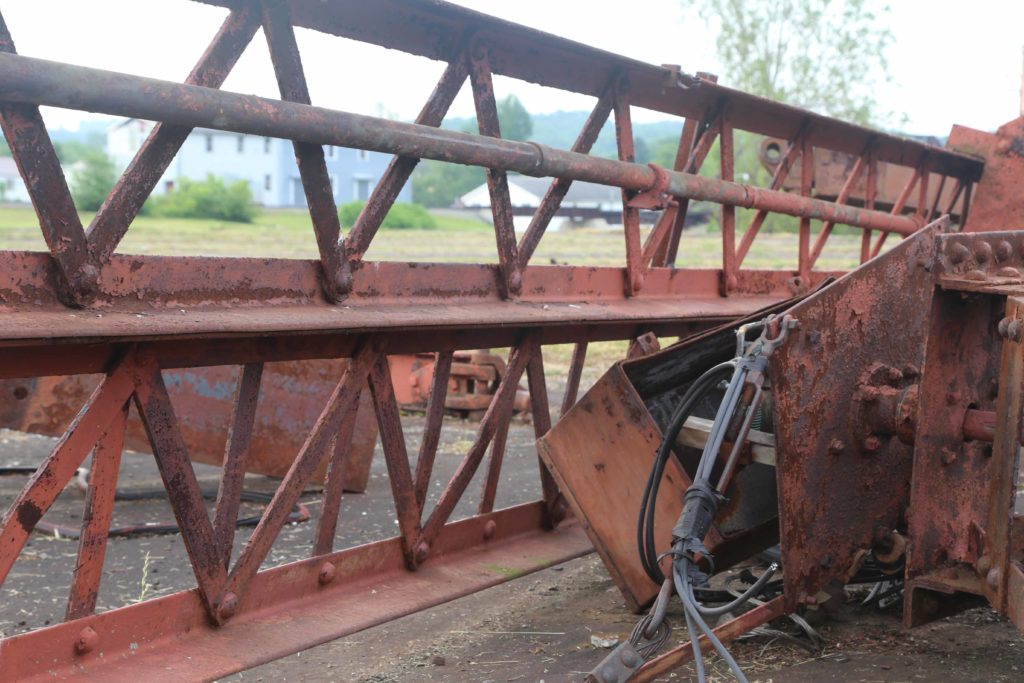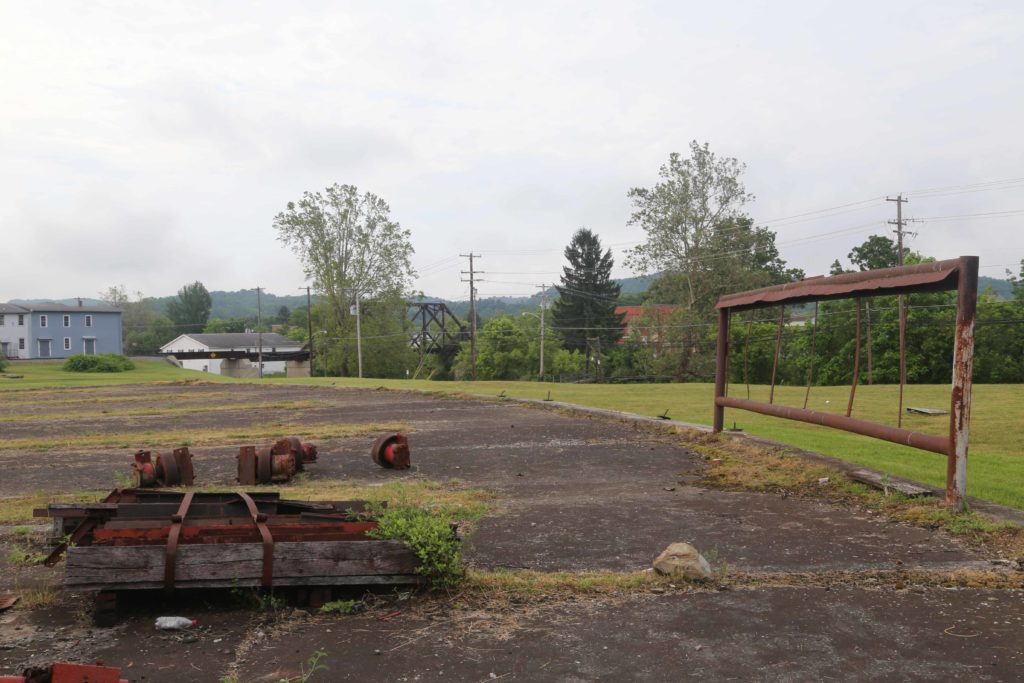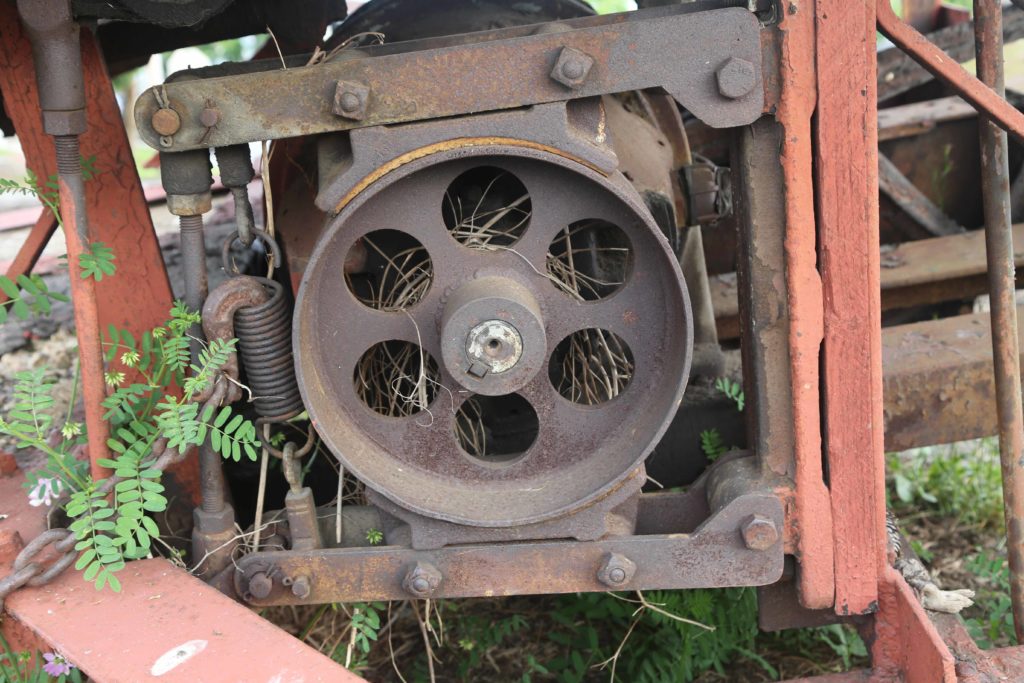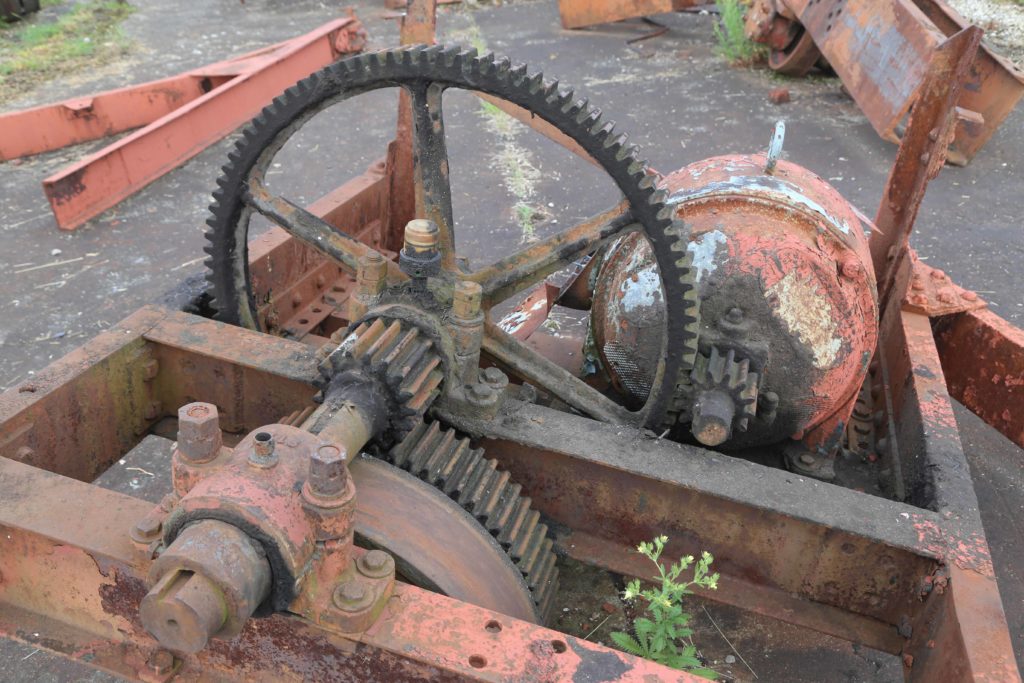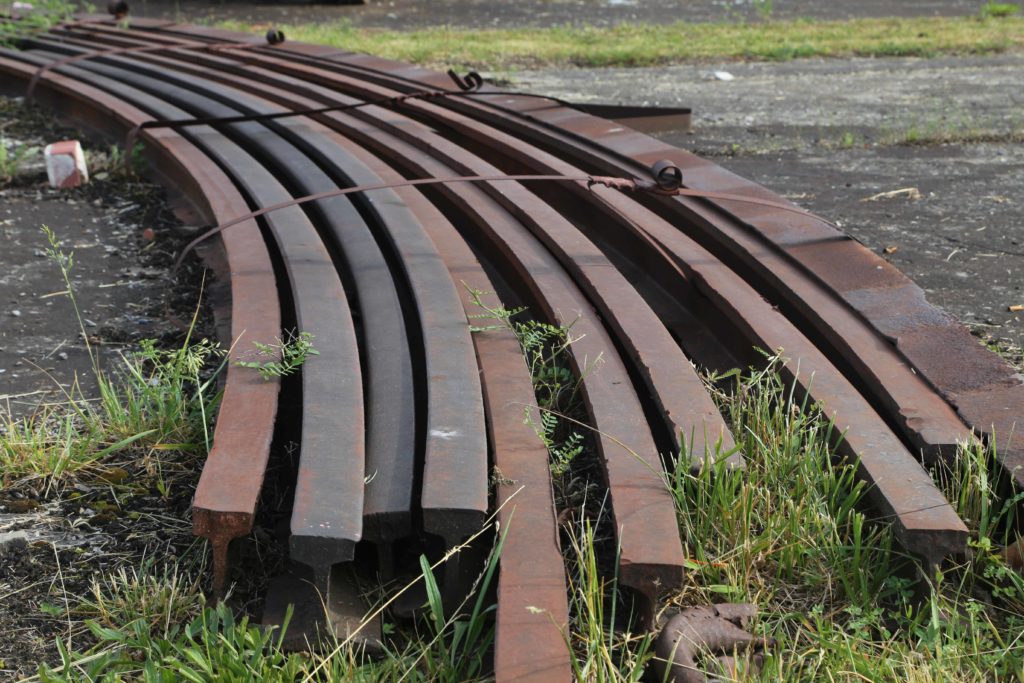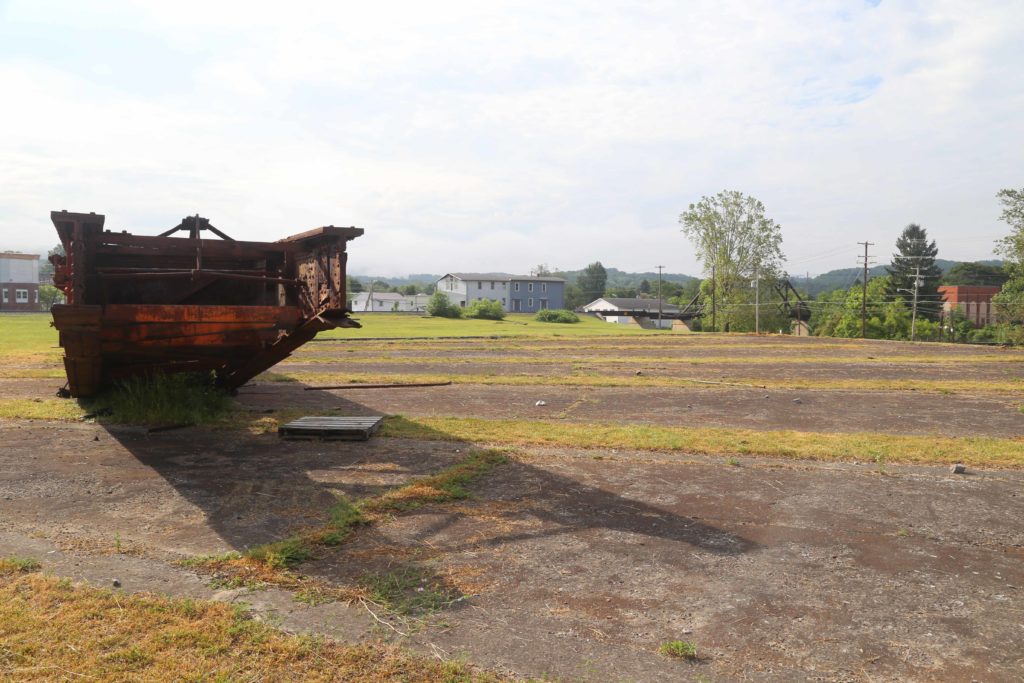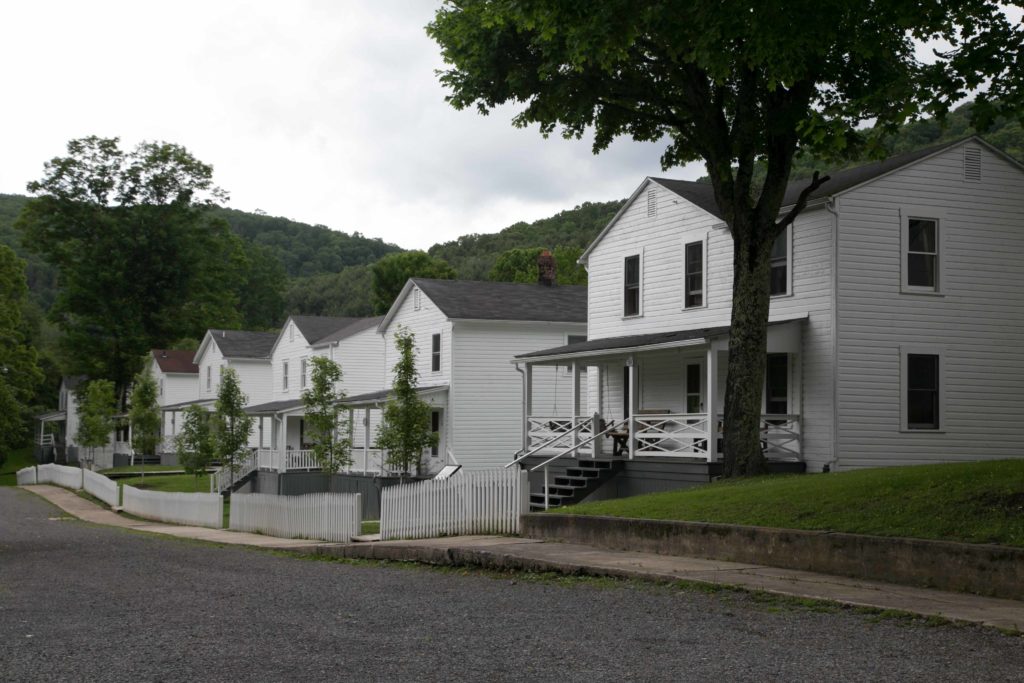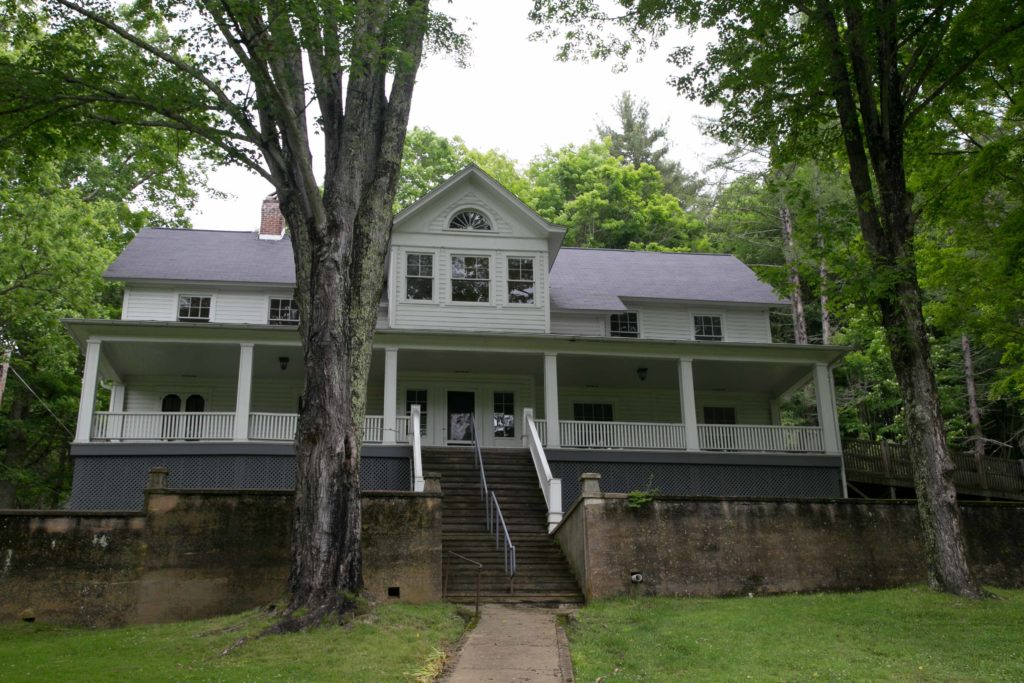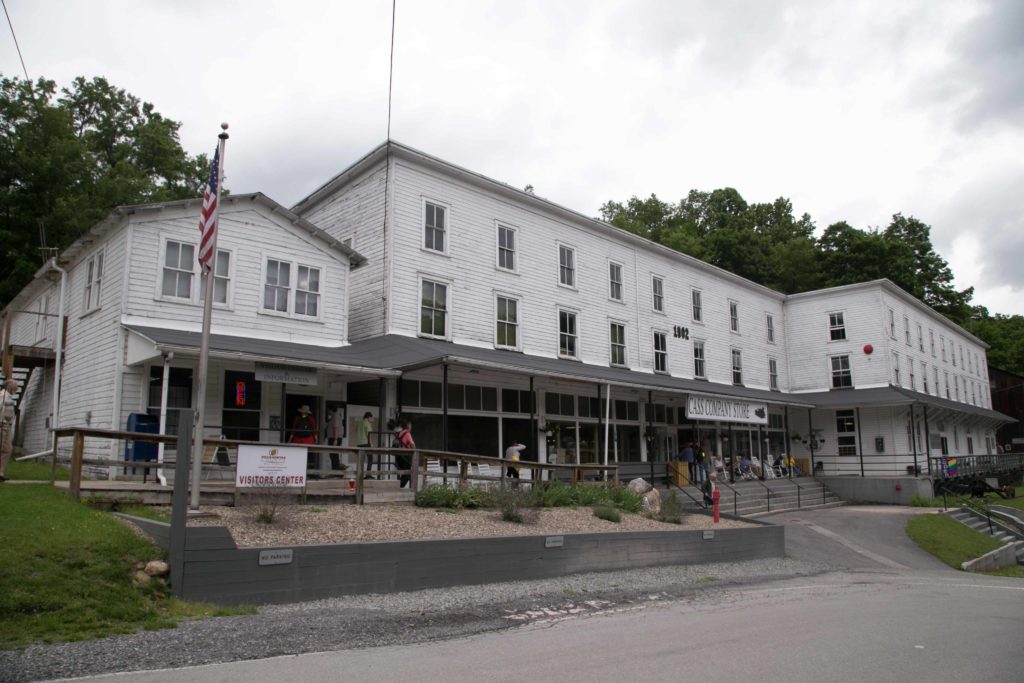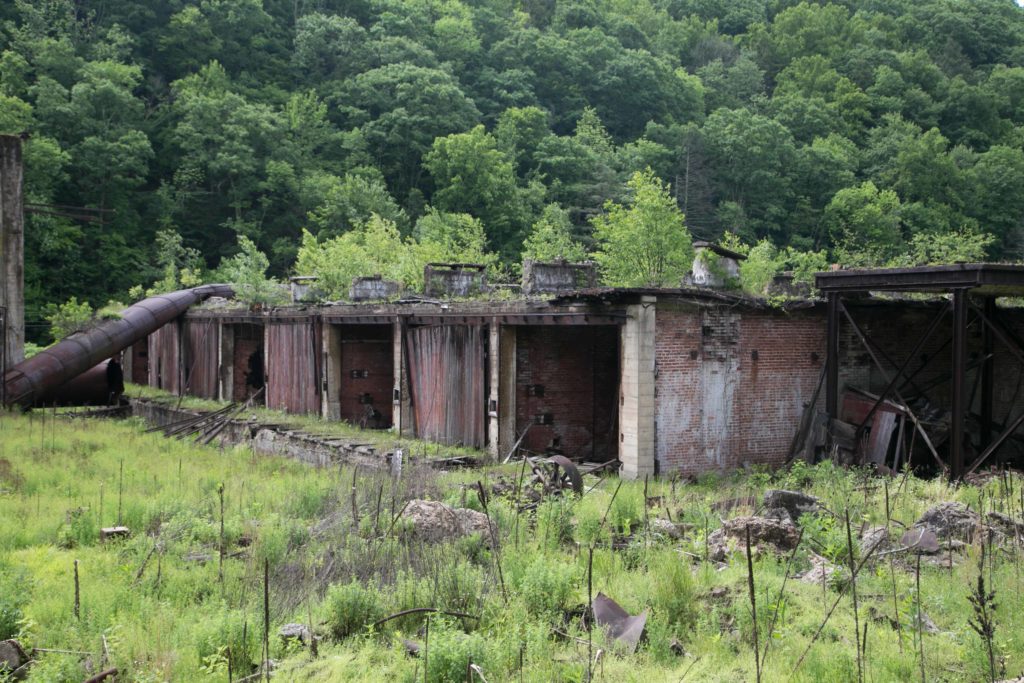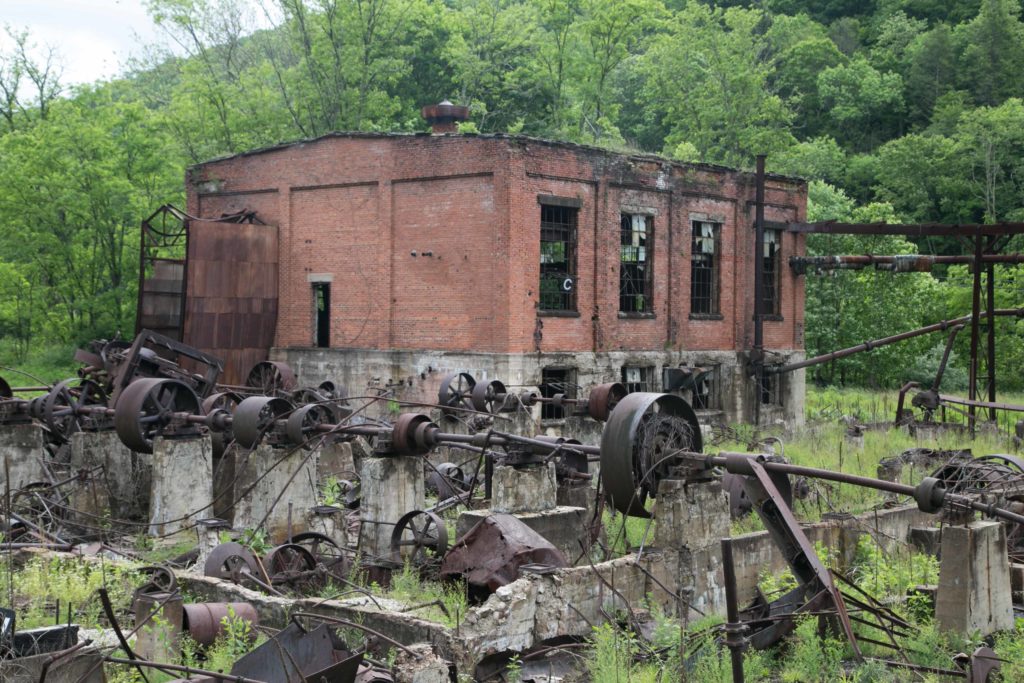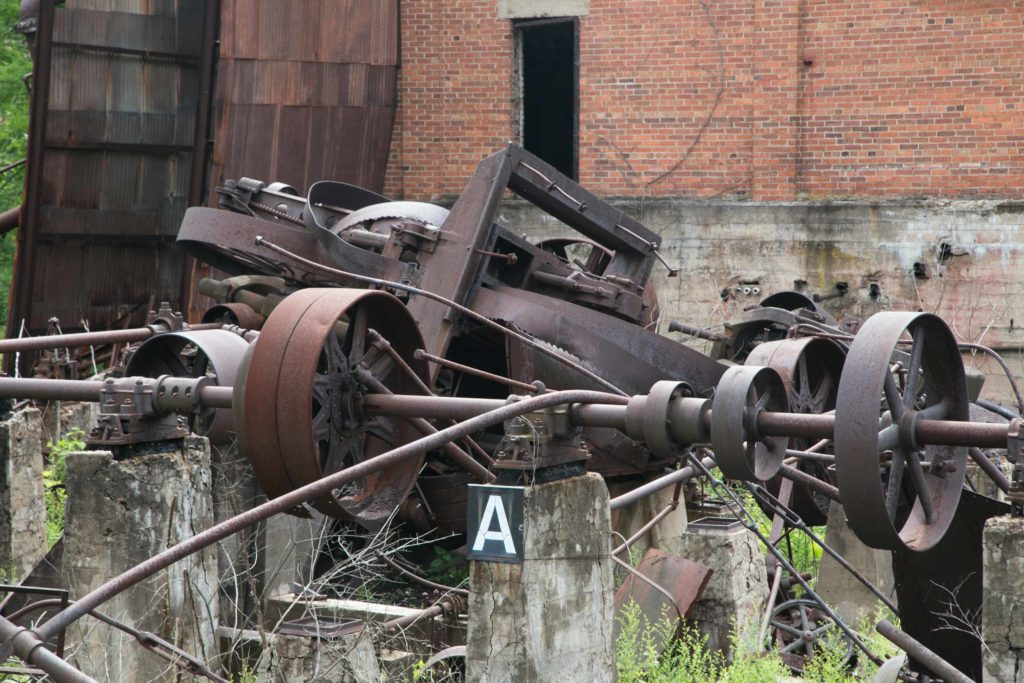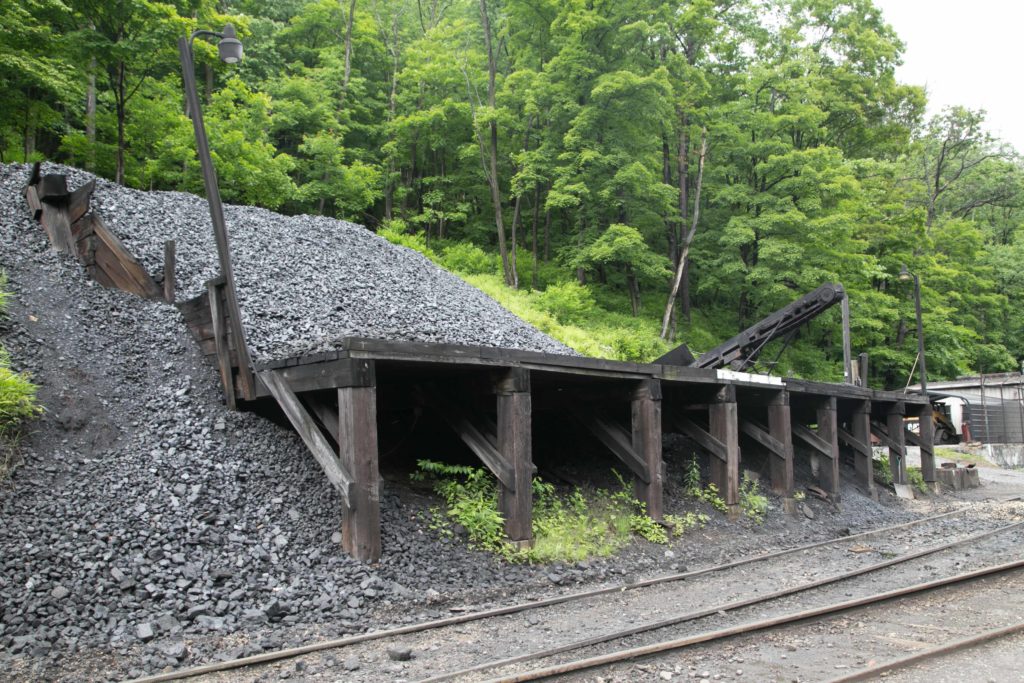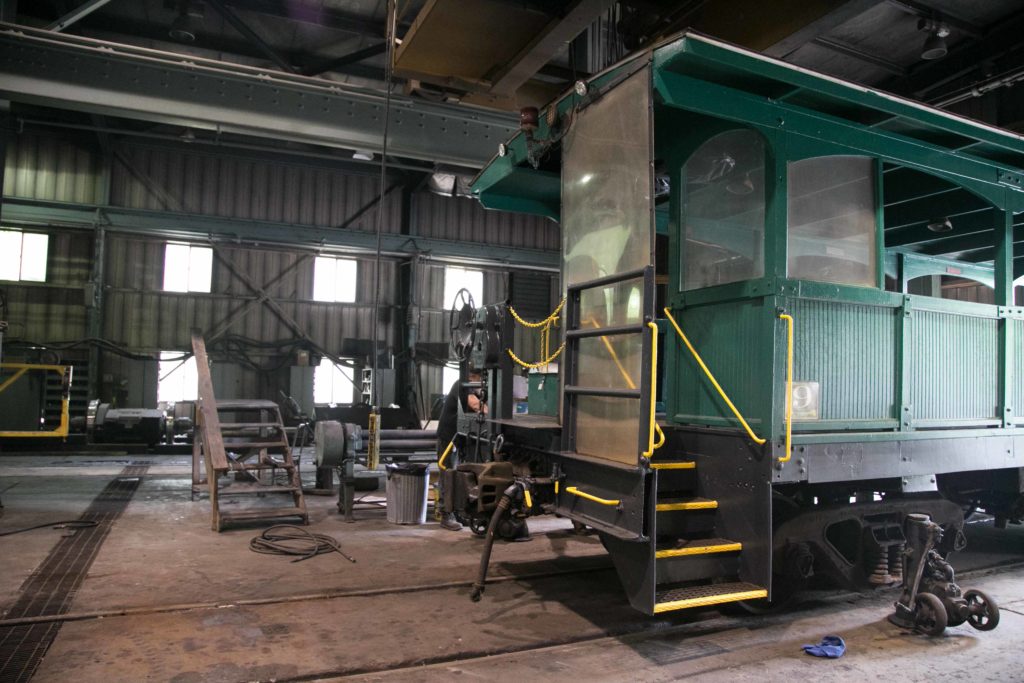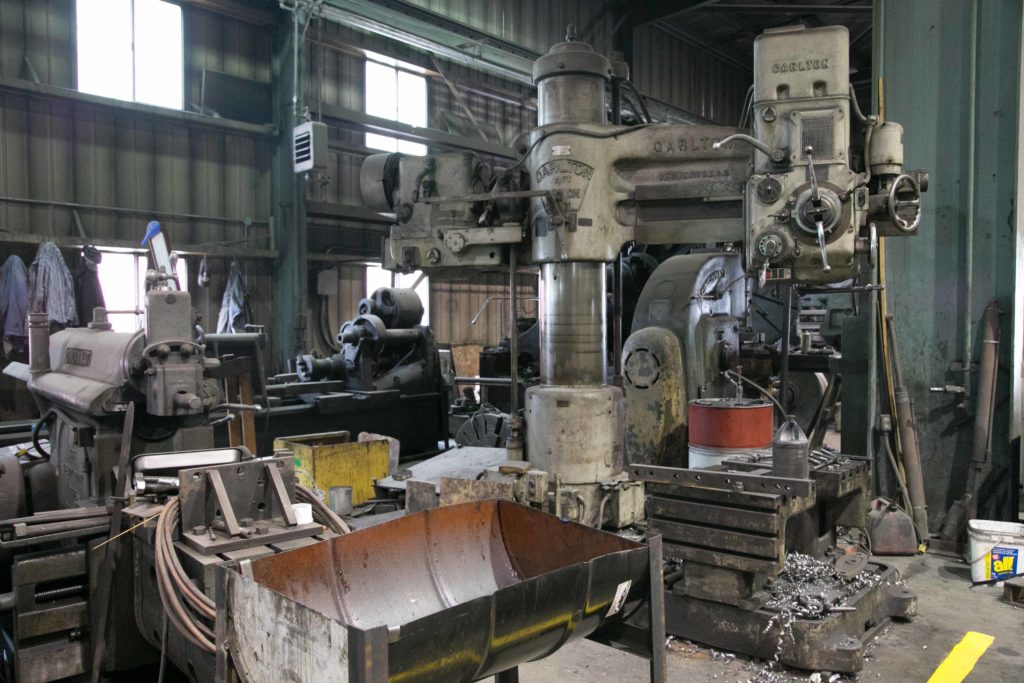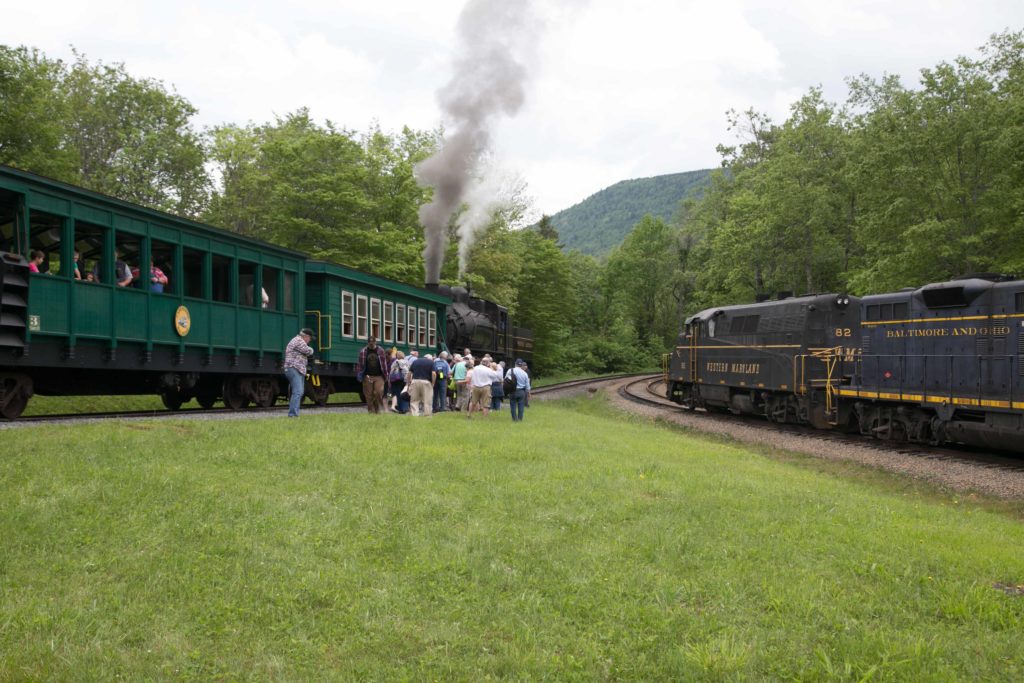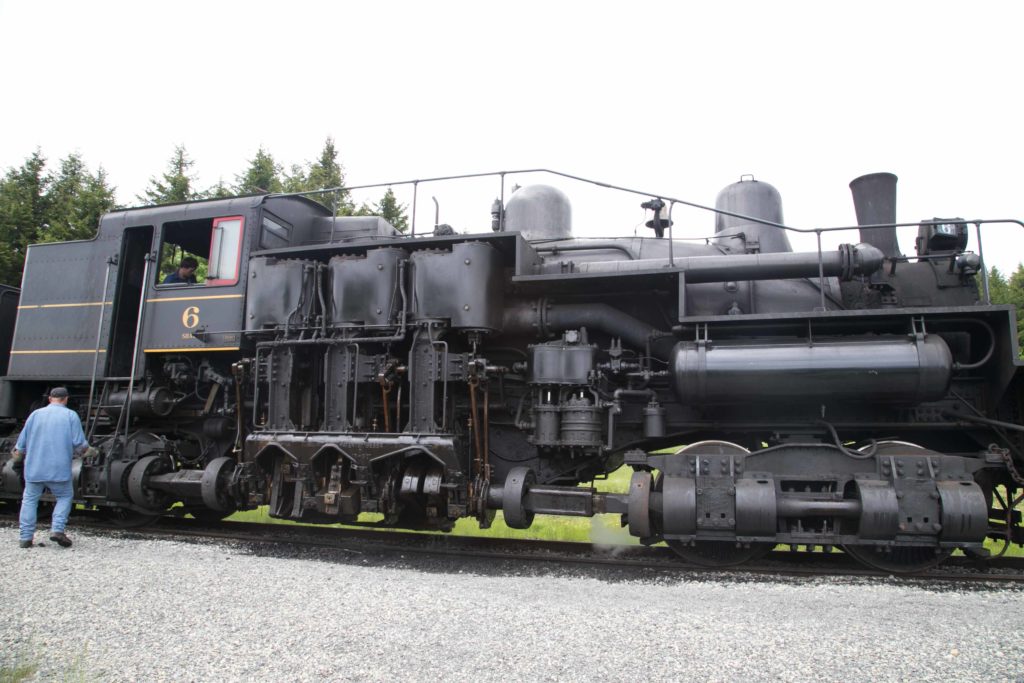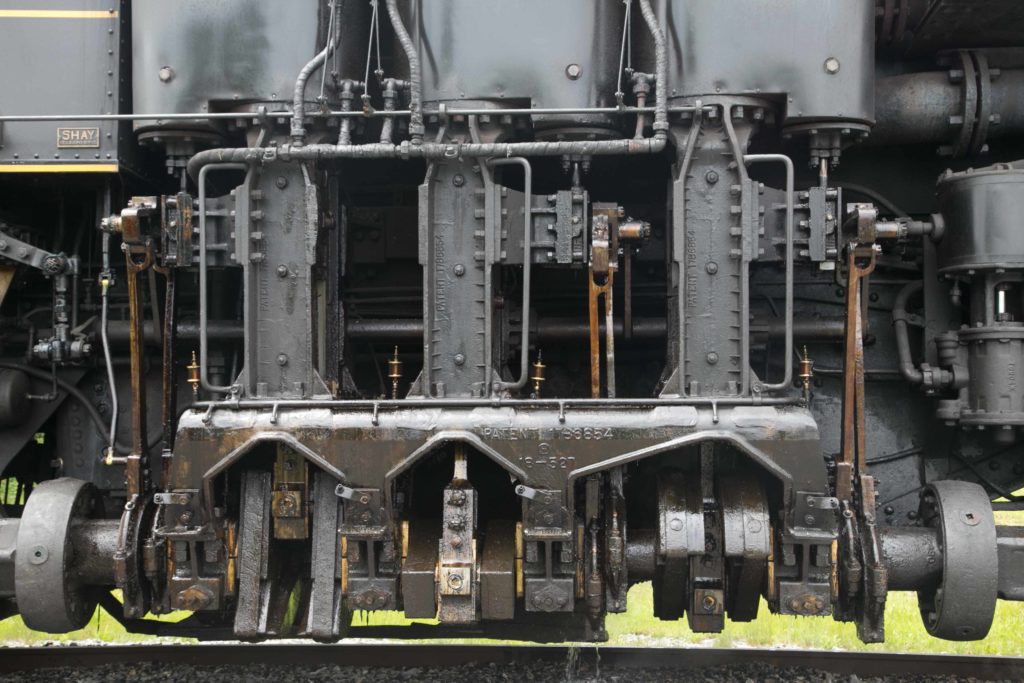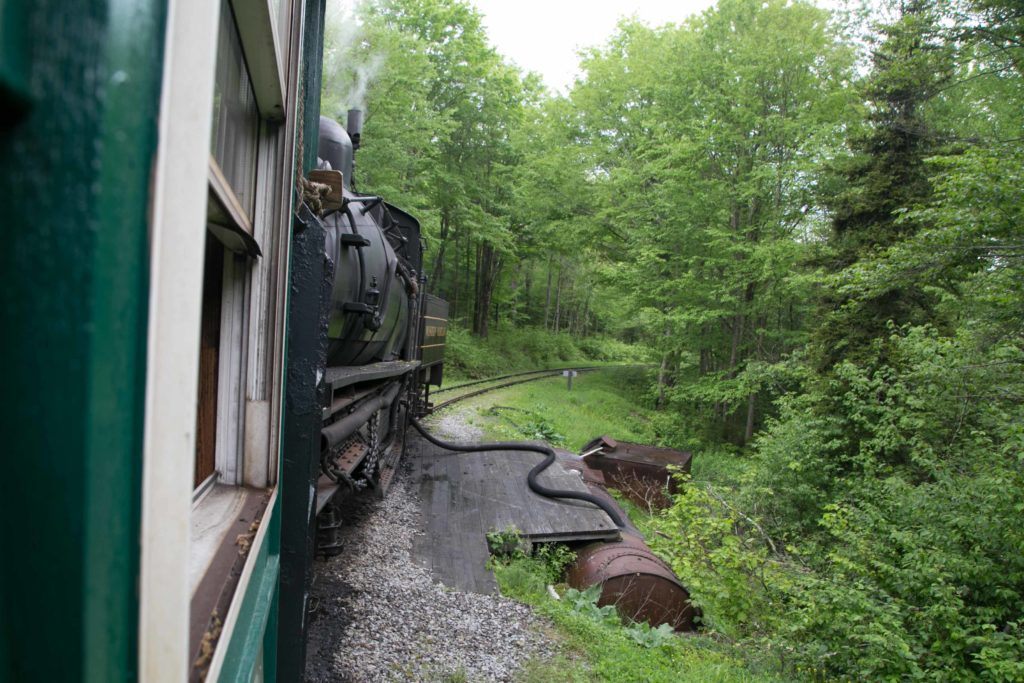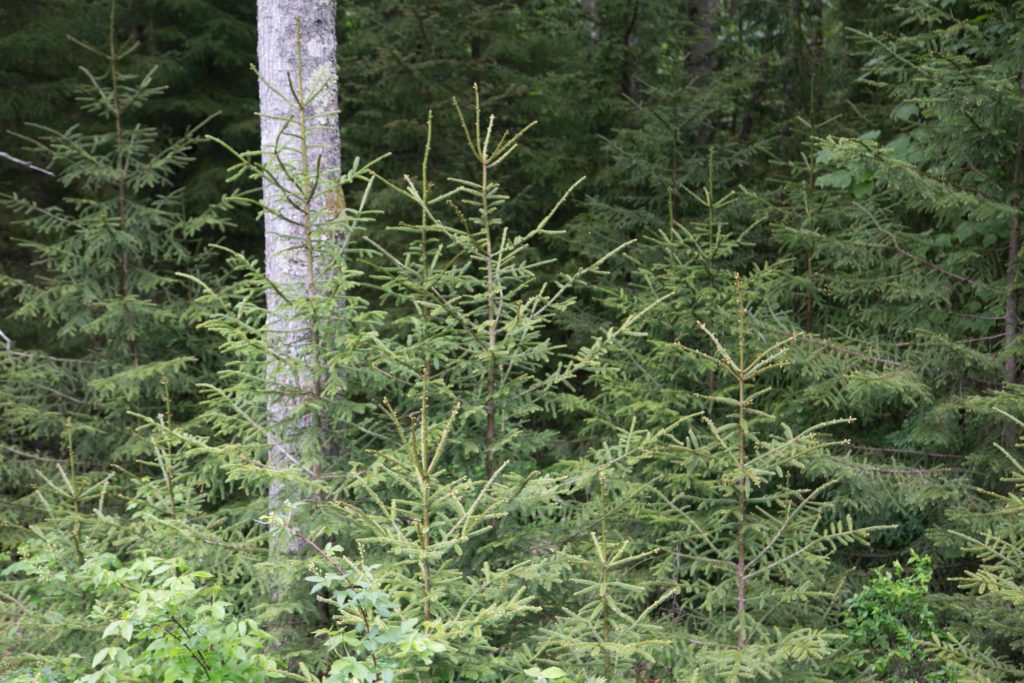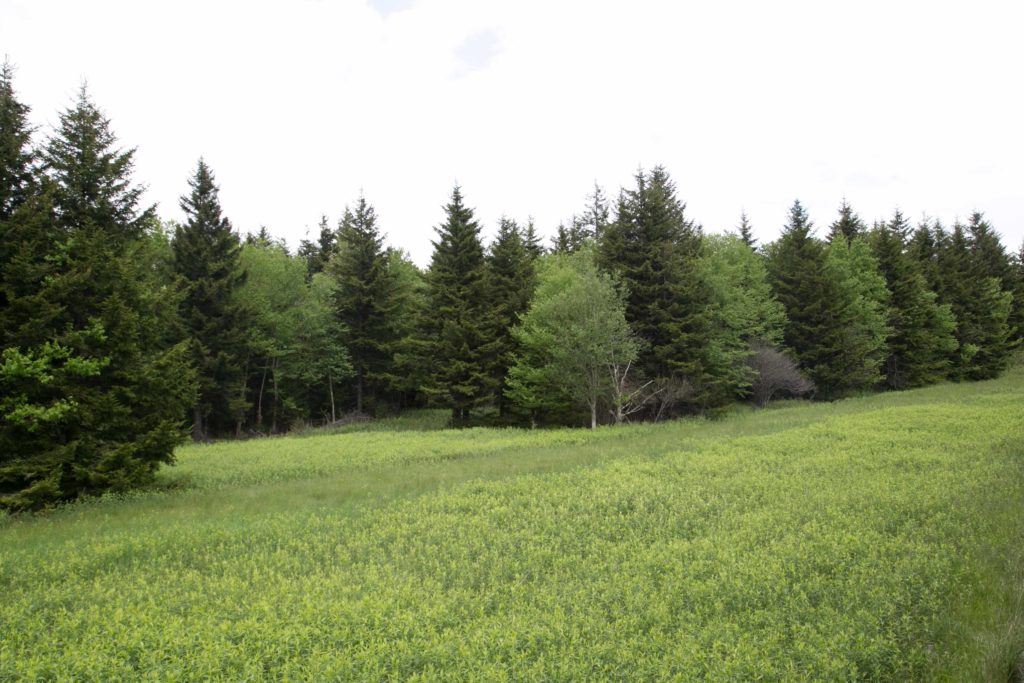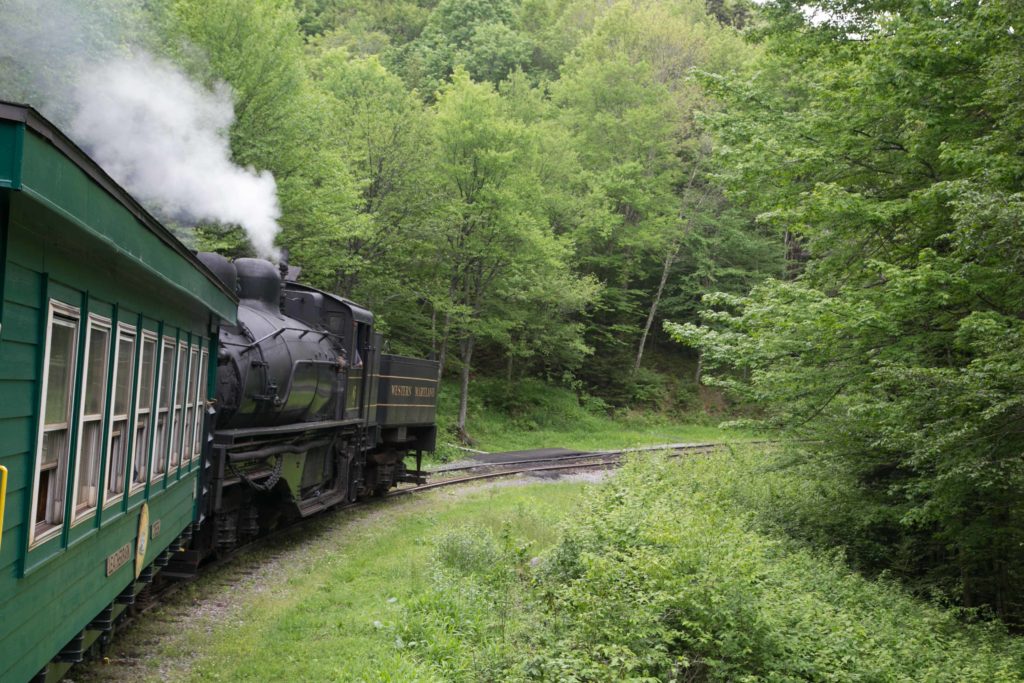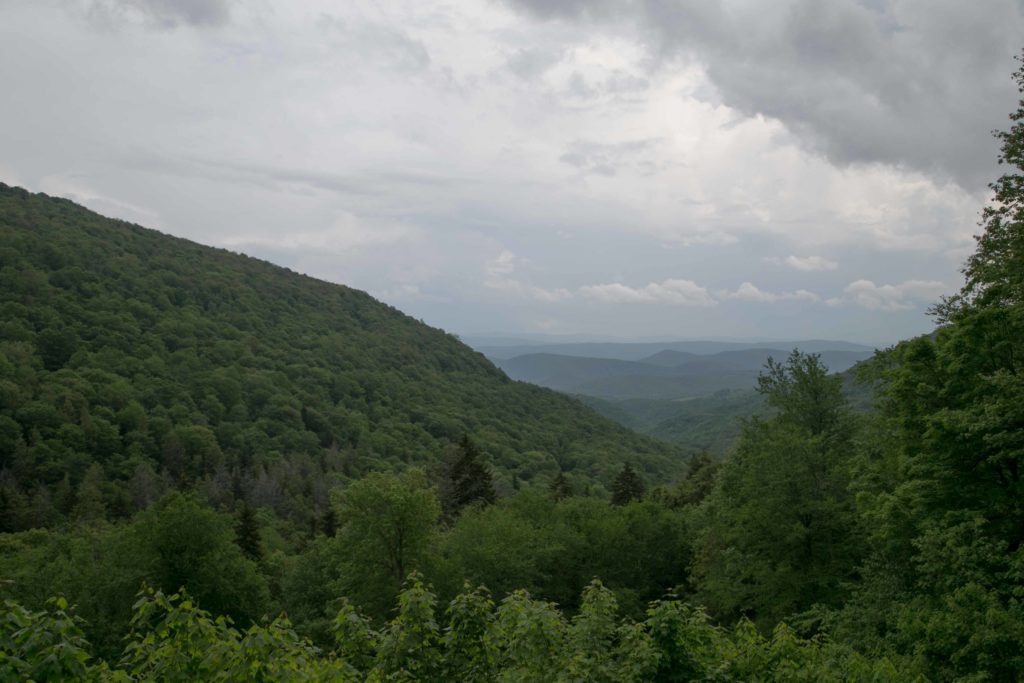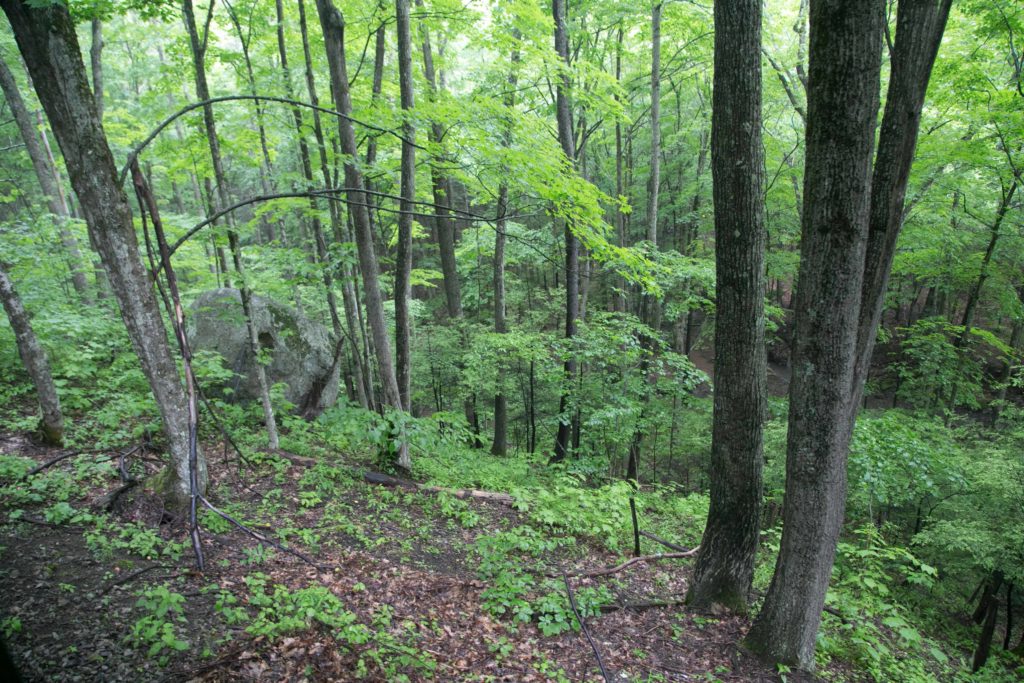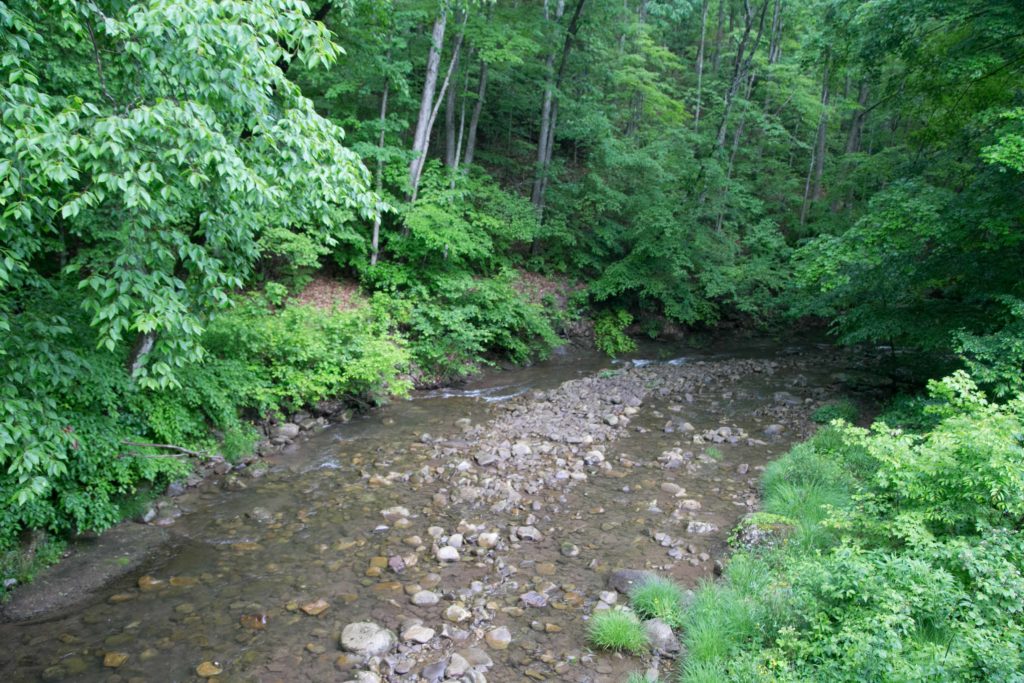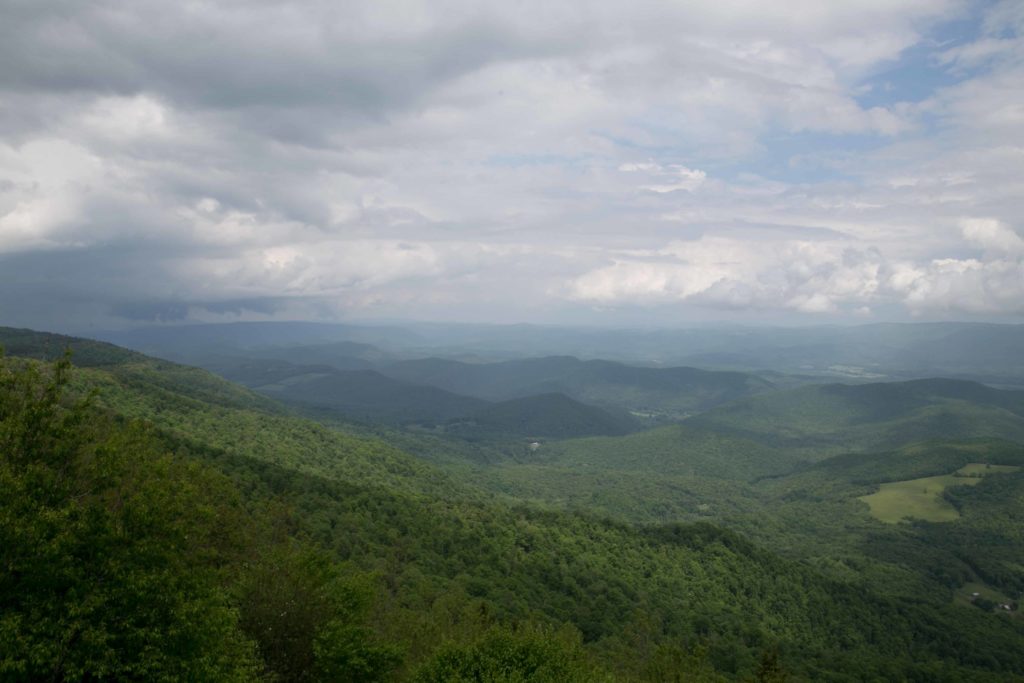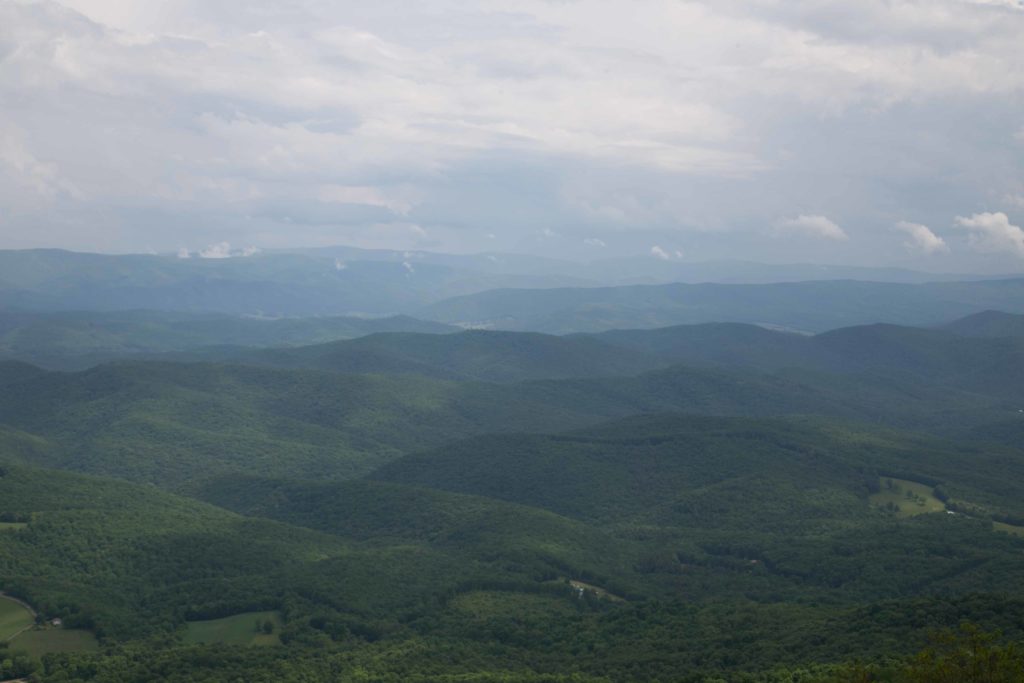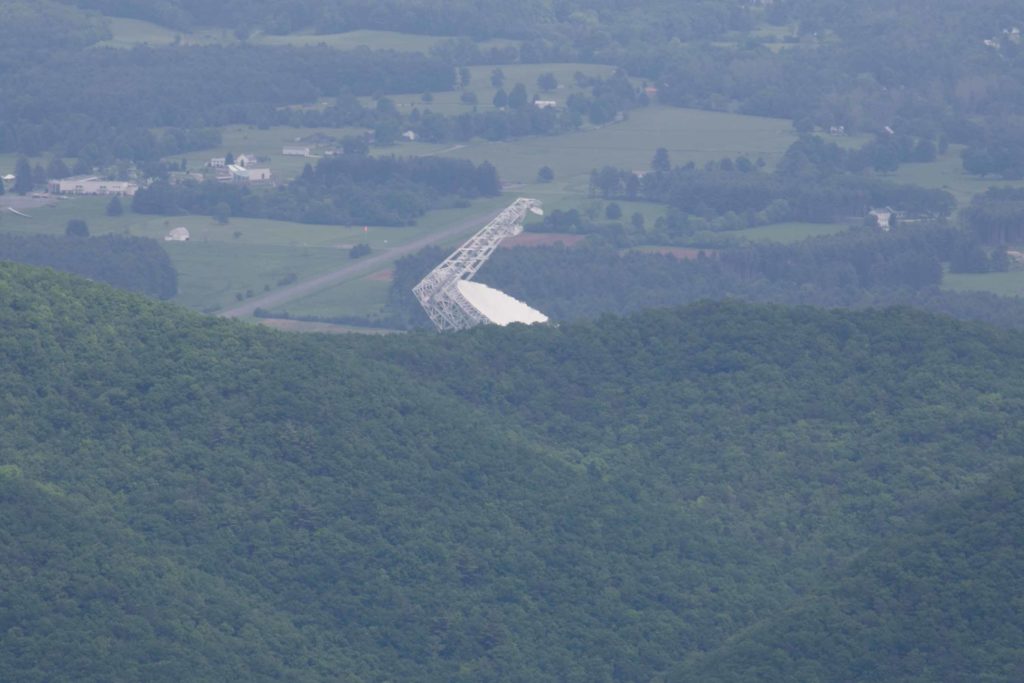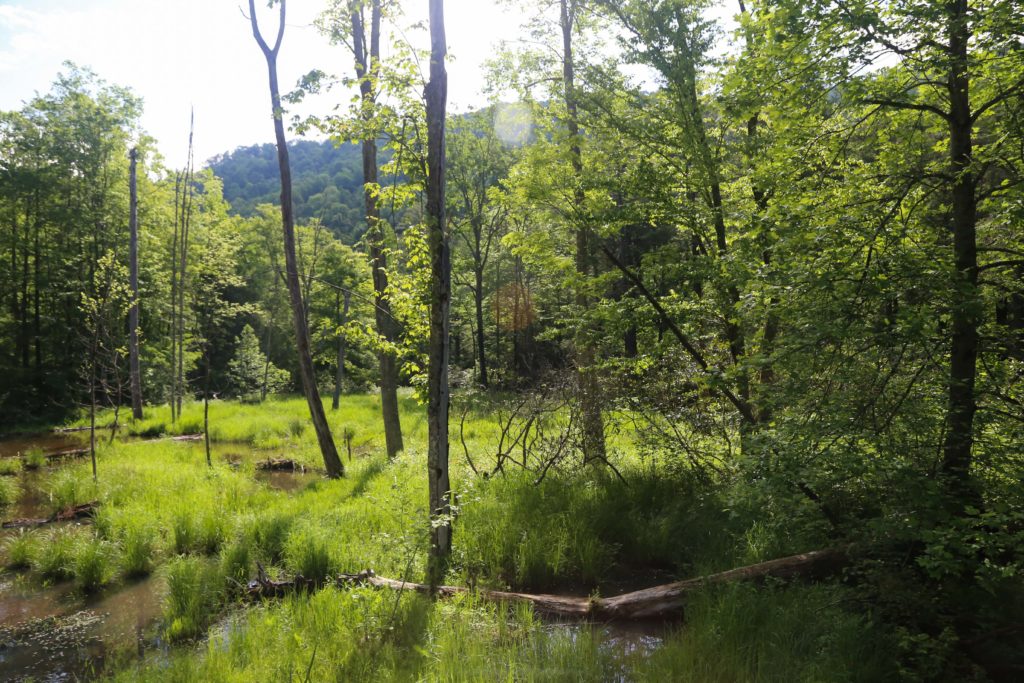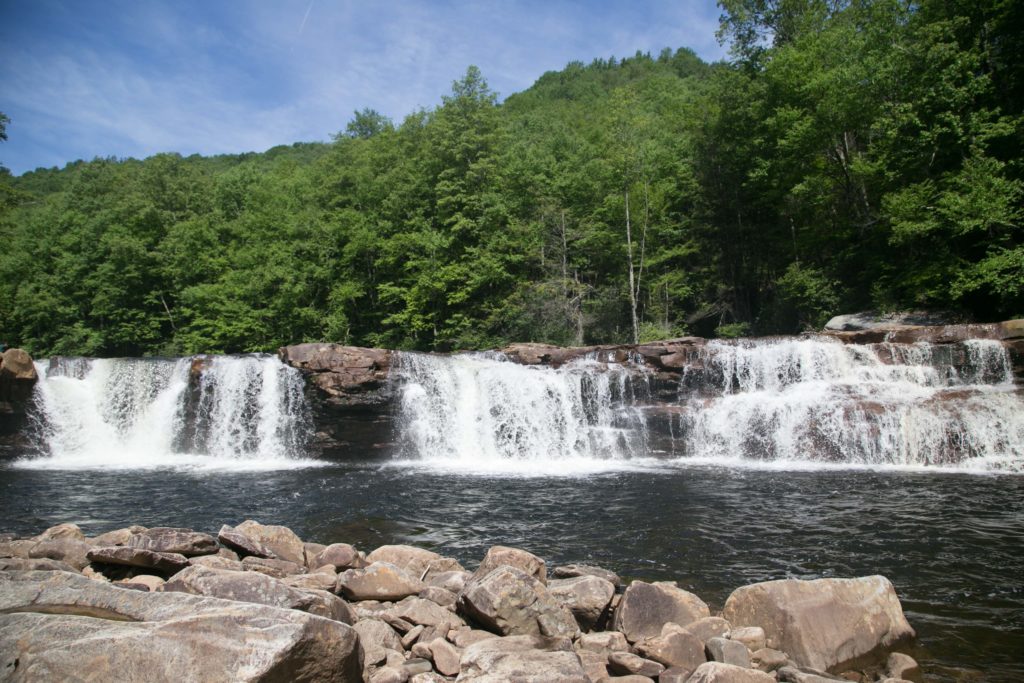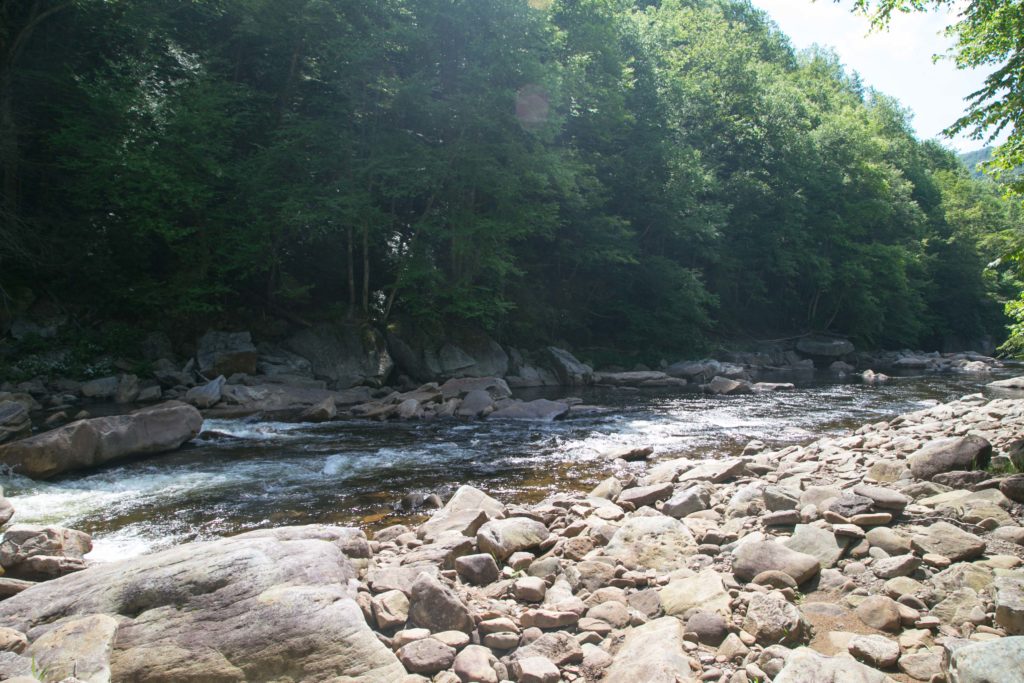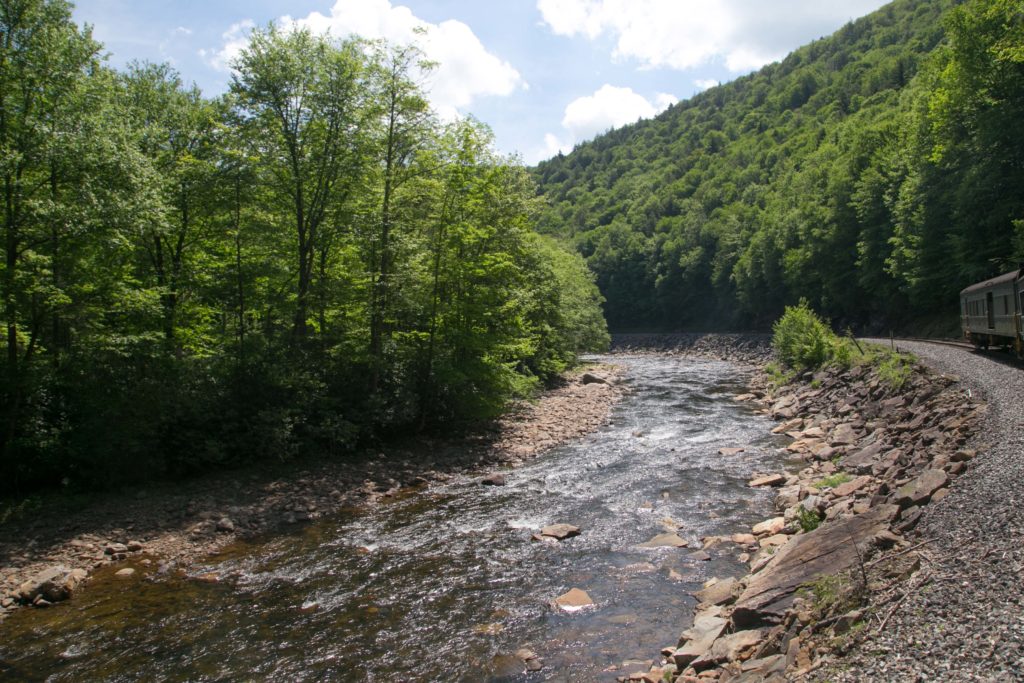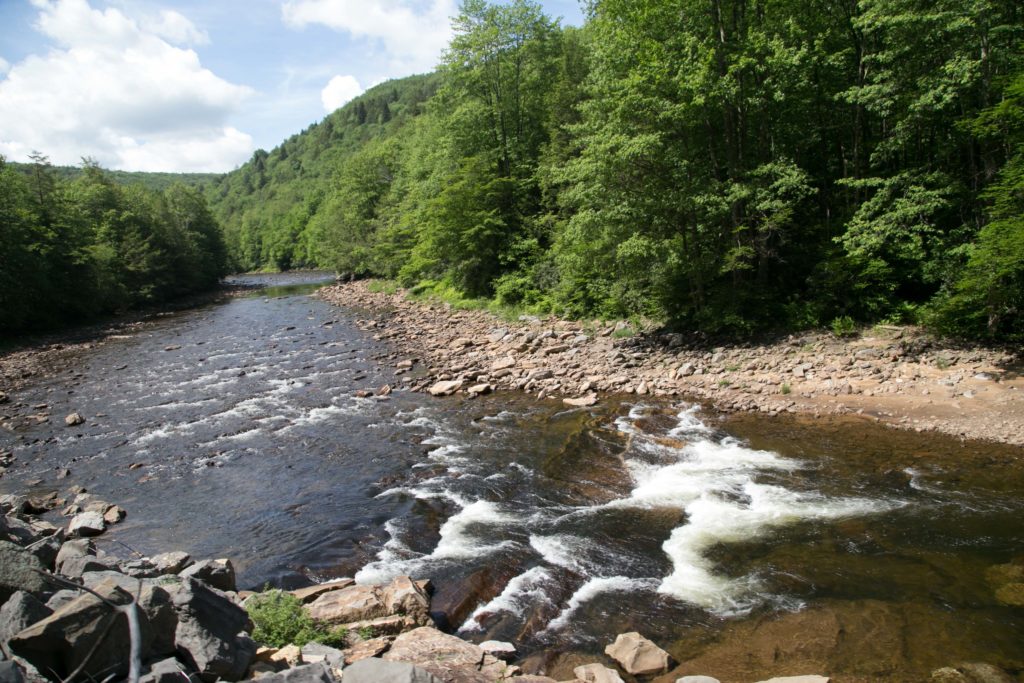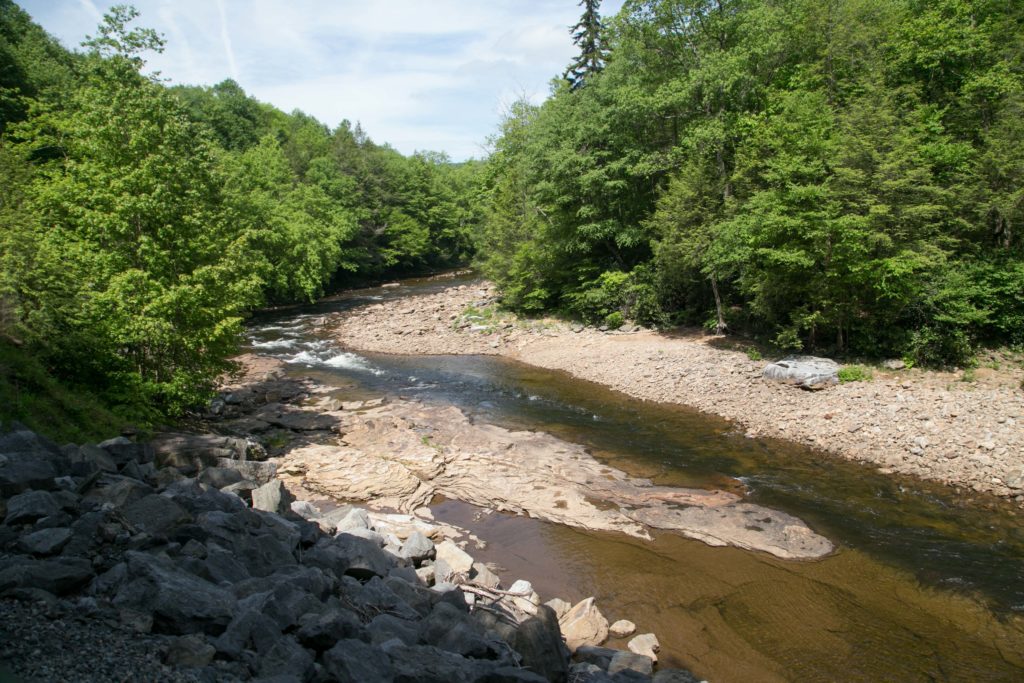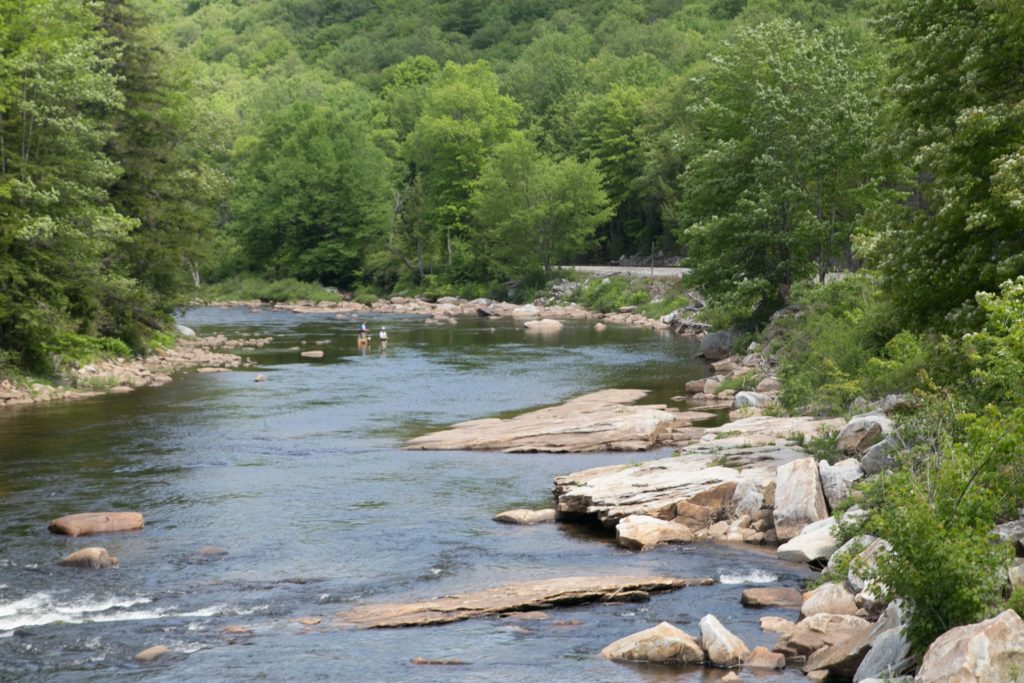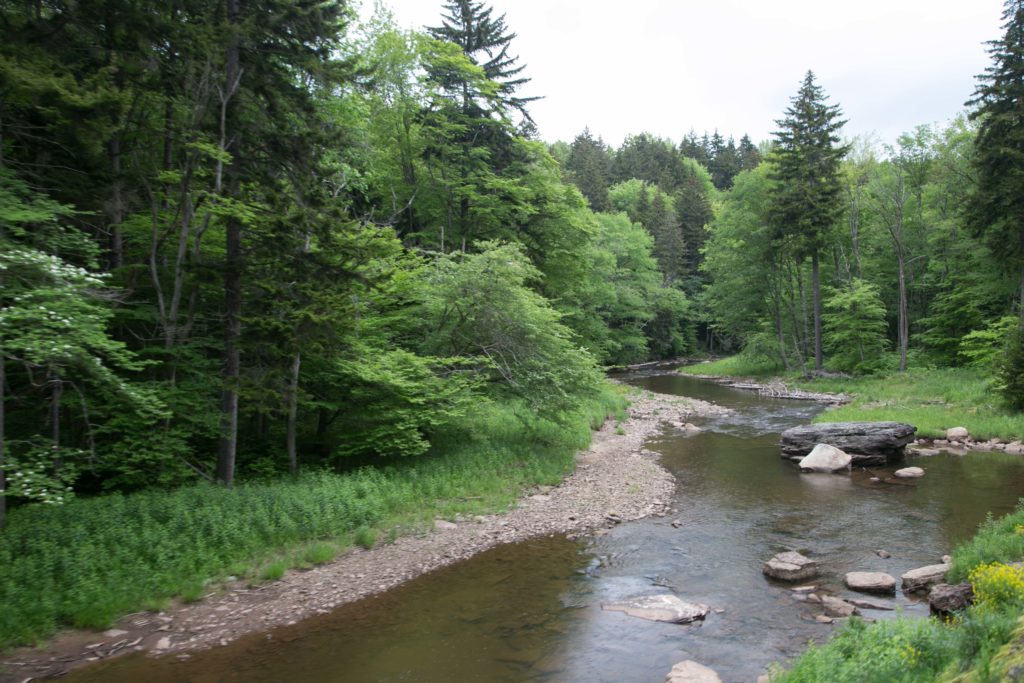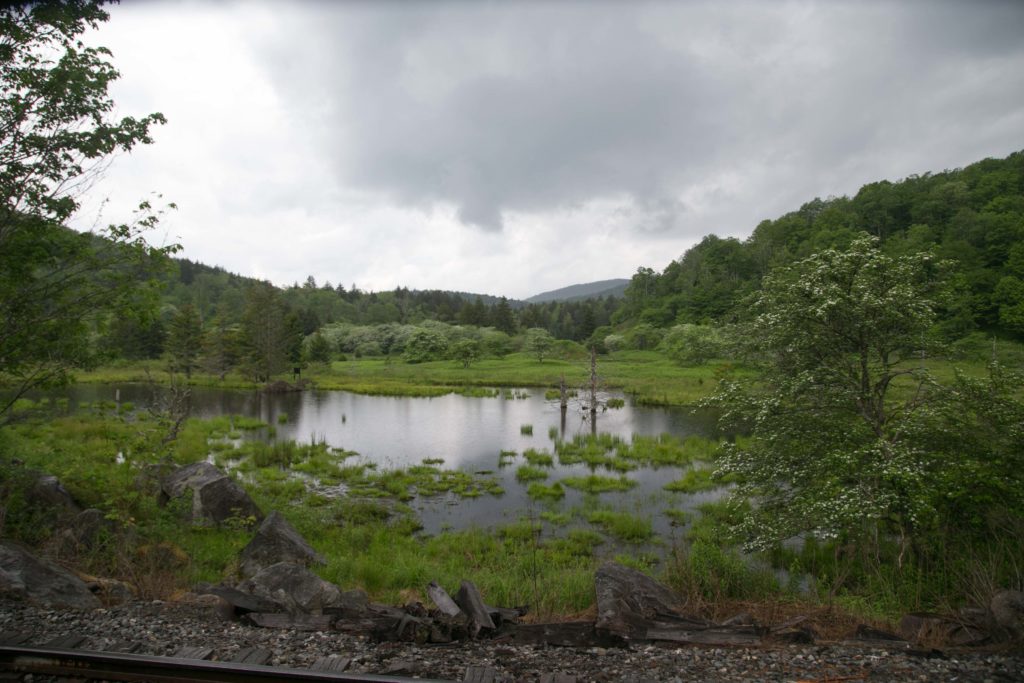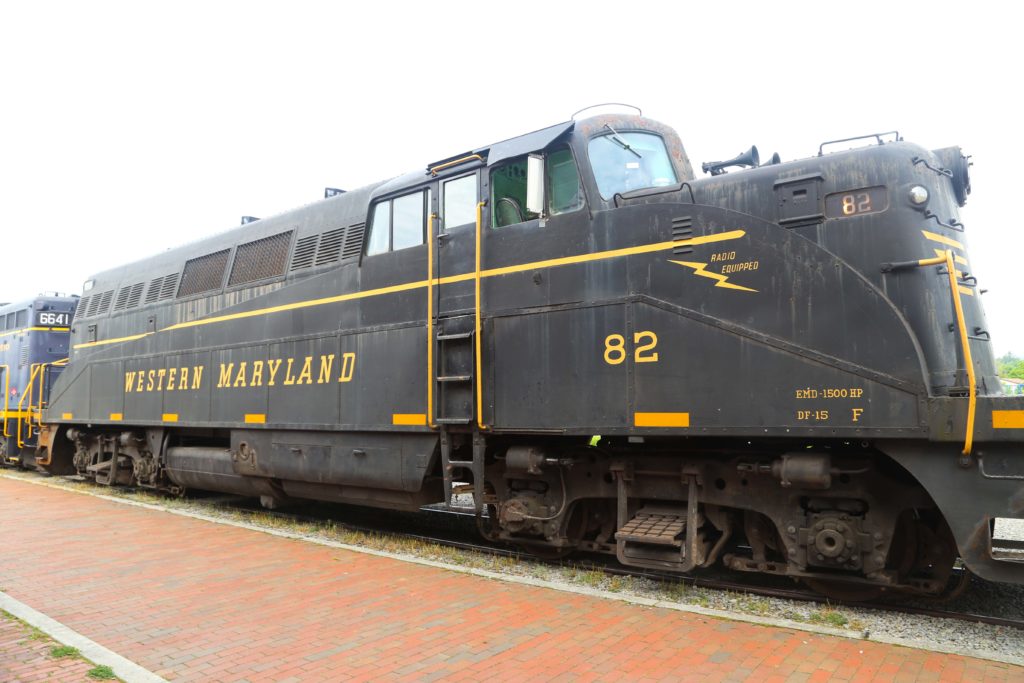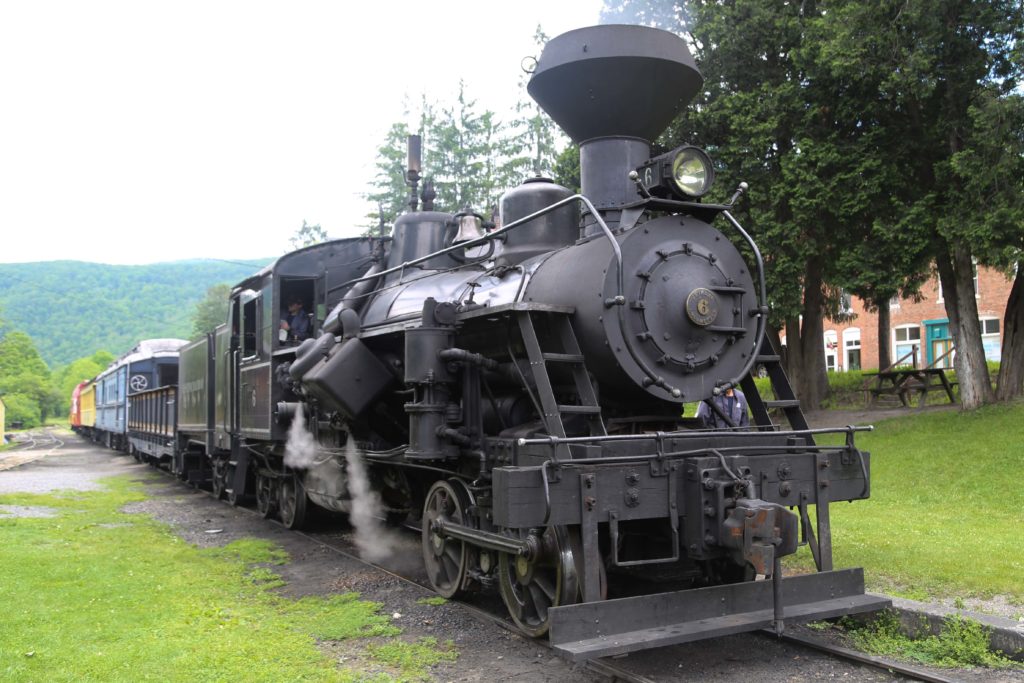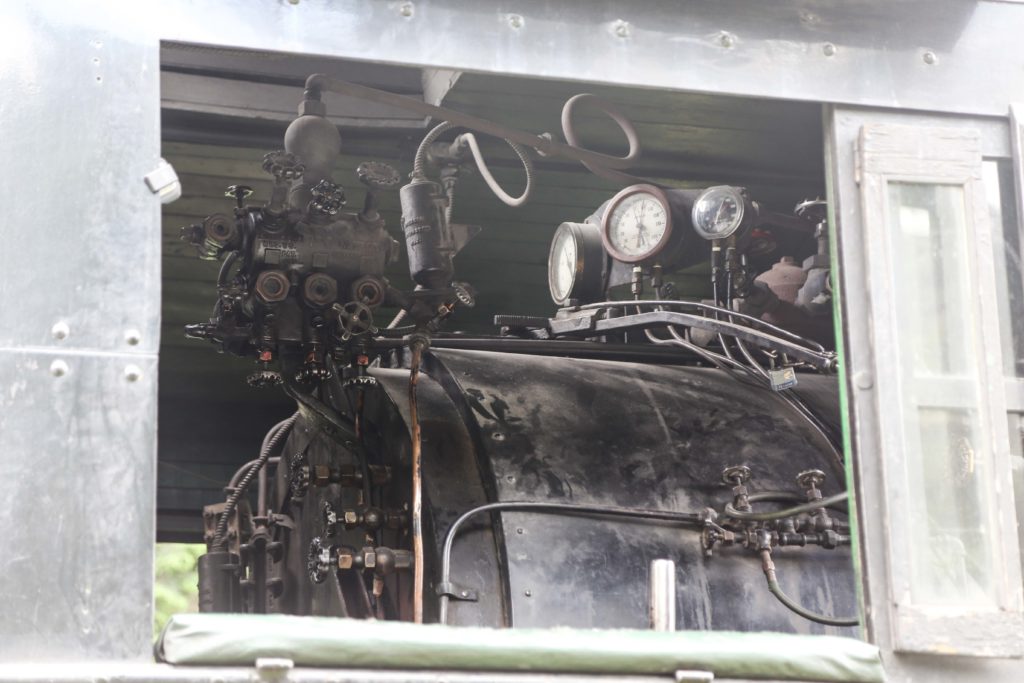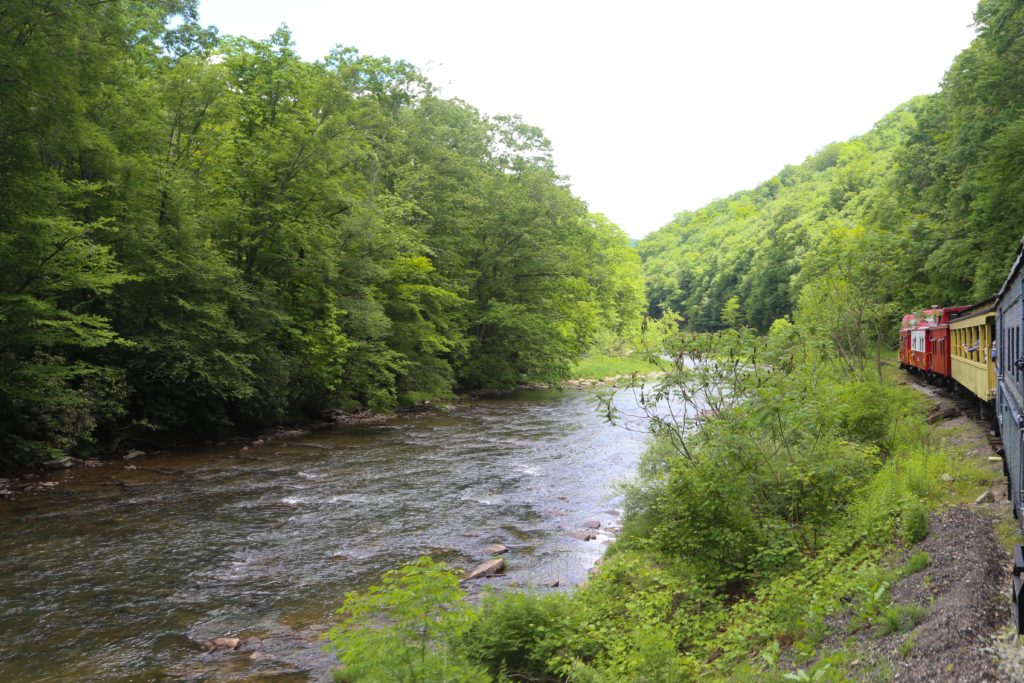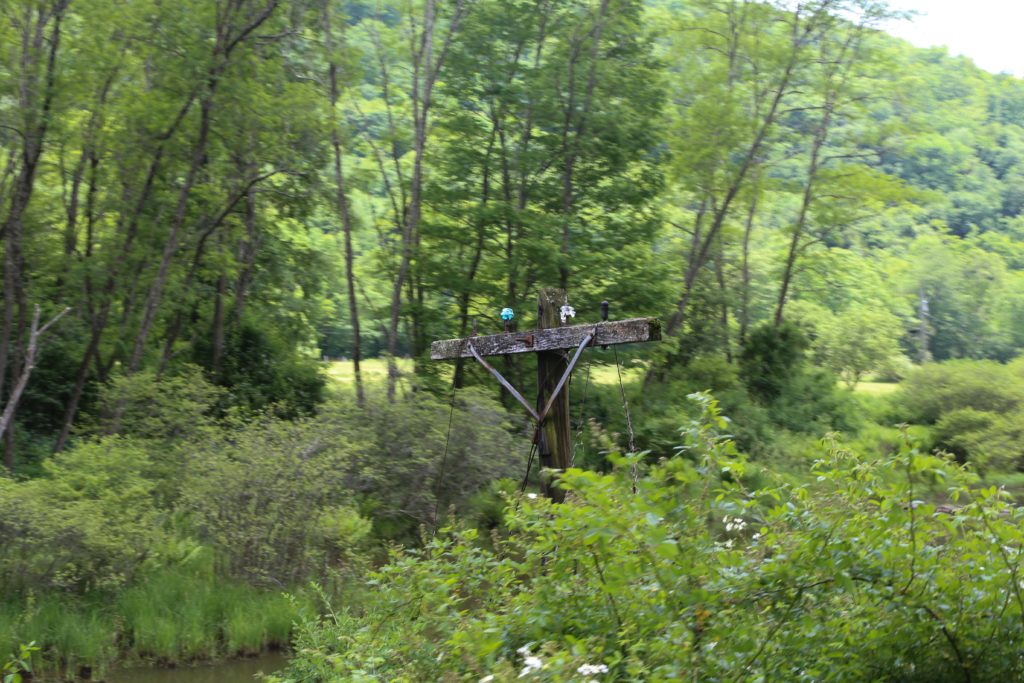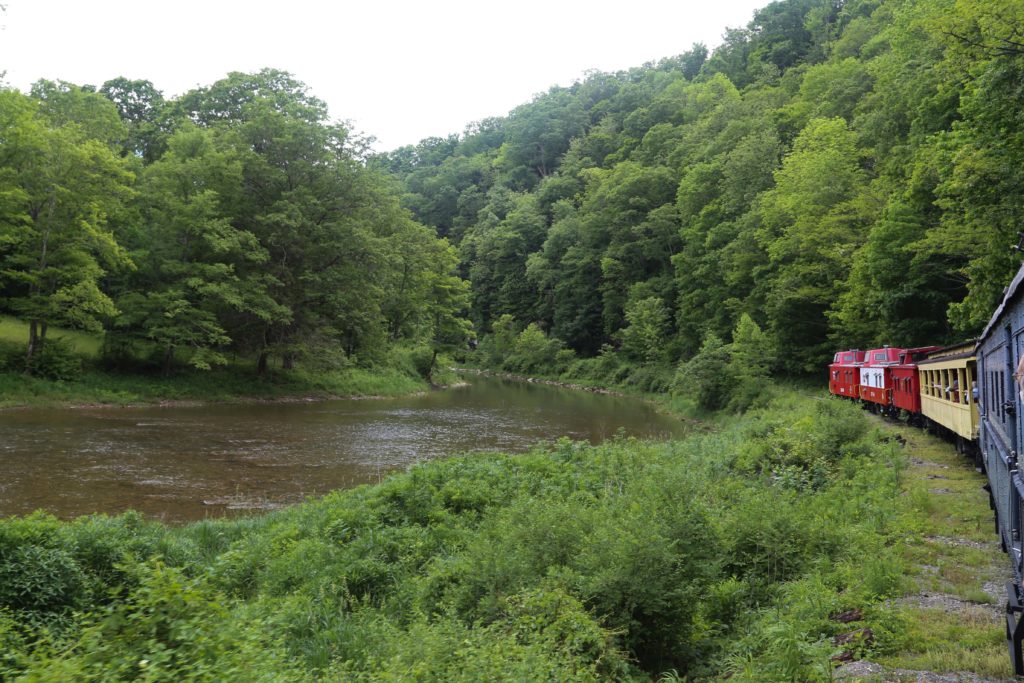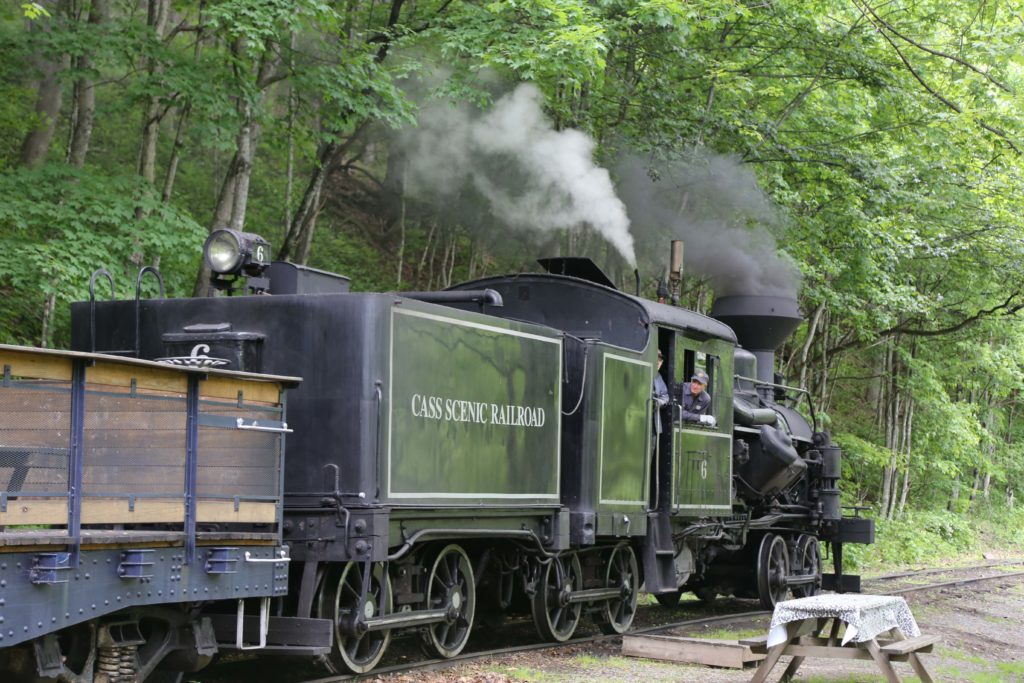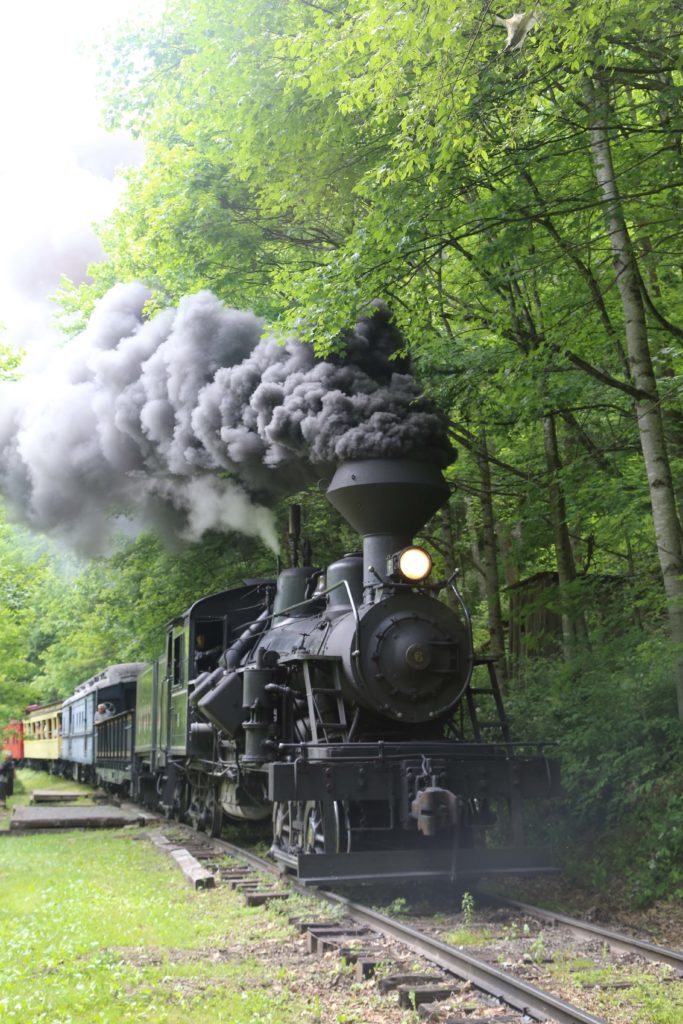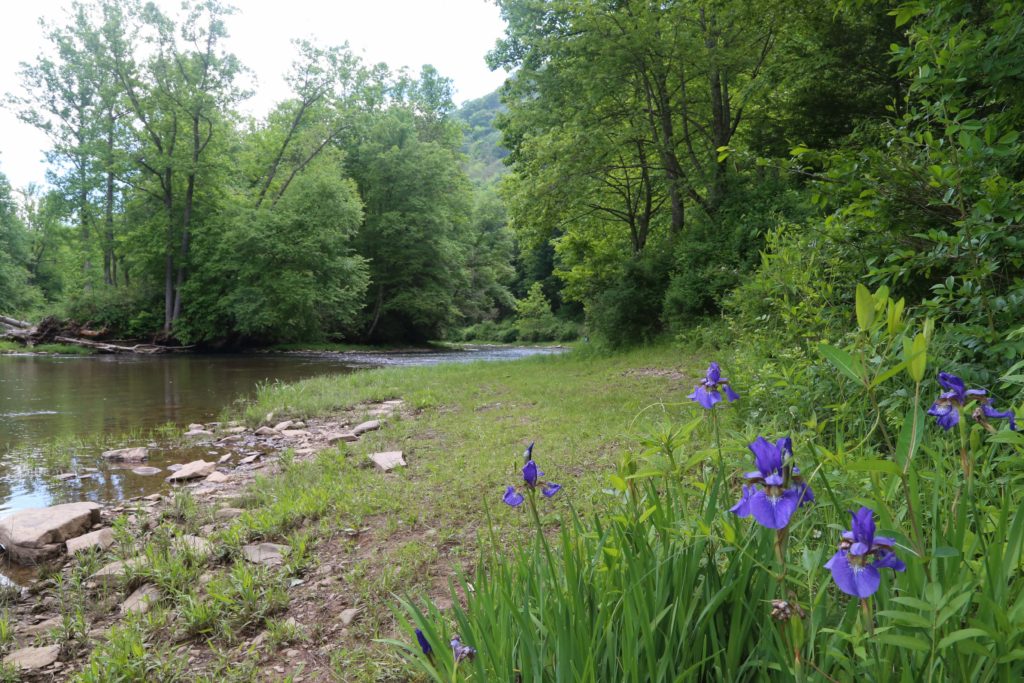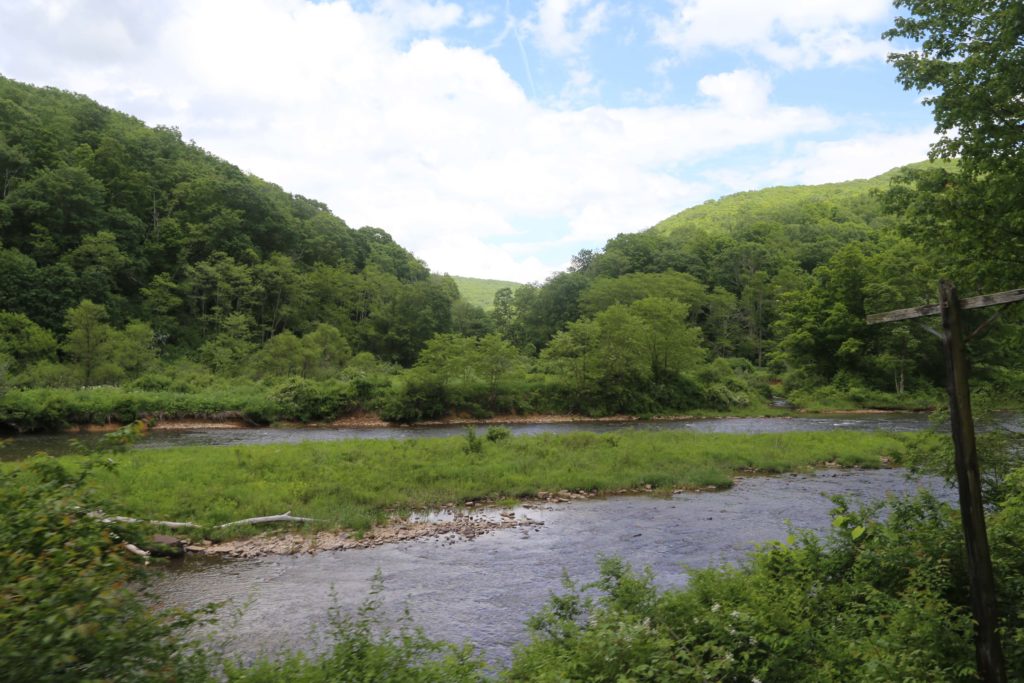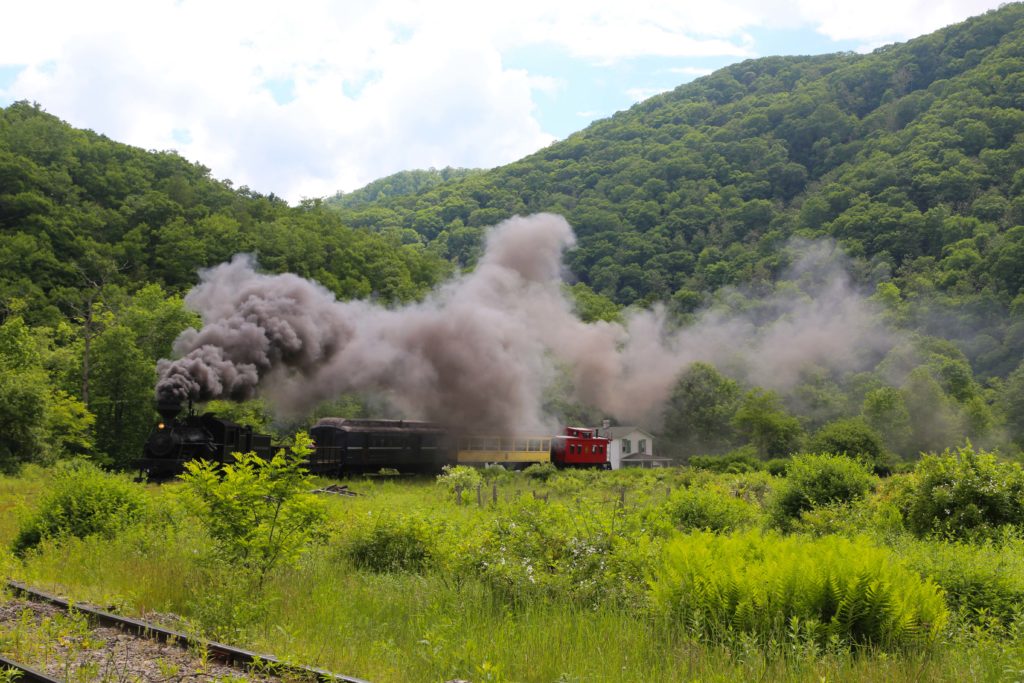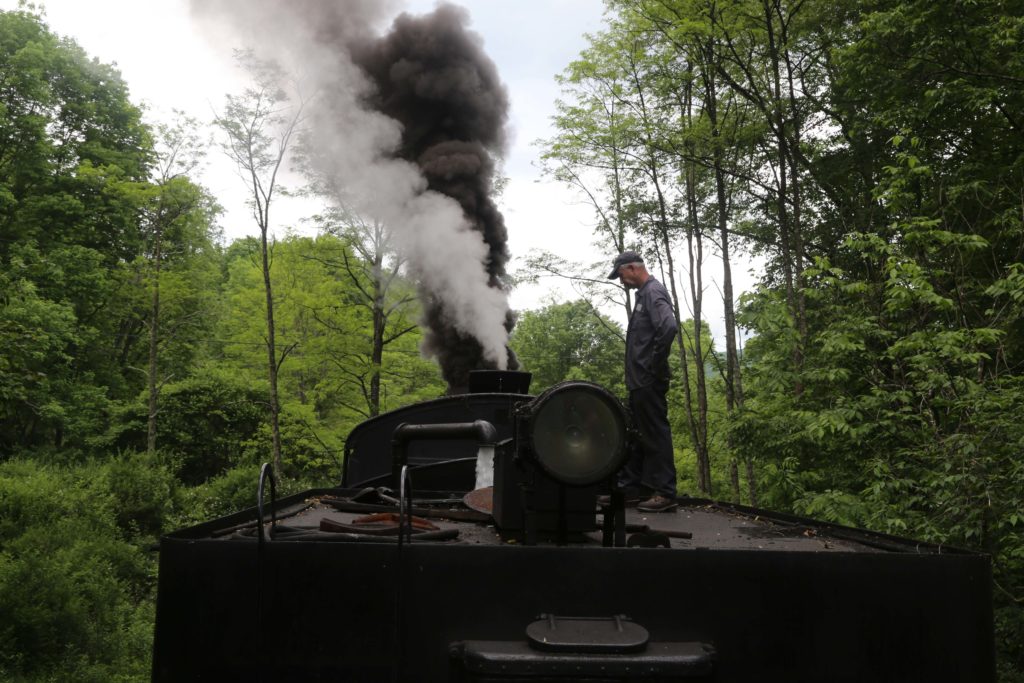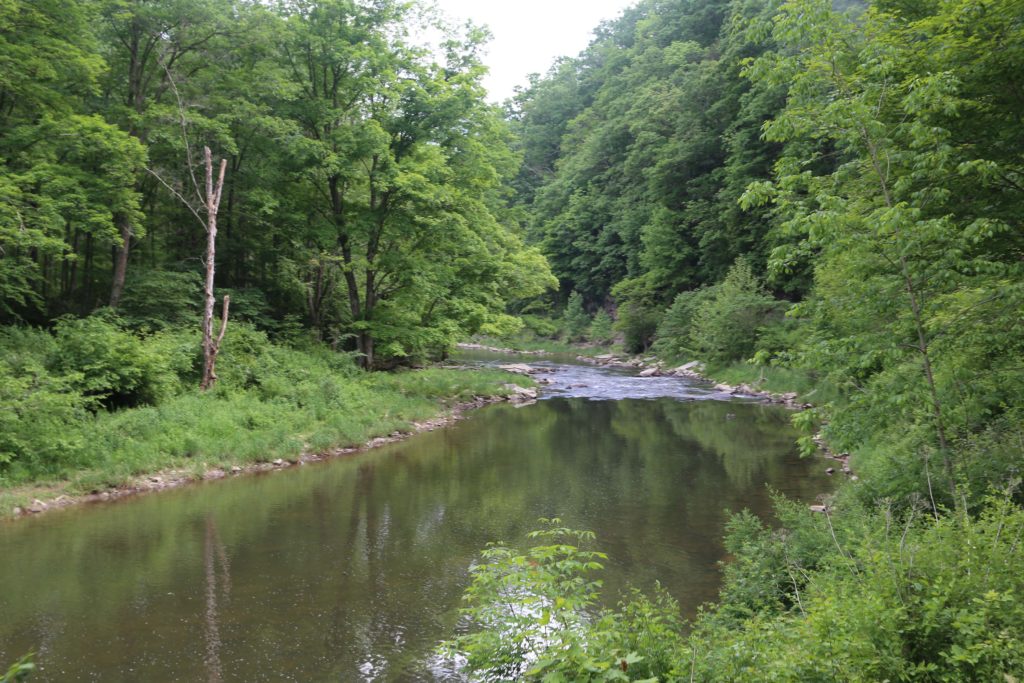I love hidden places. I love places that you can just walk by and not have any idea are there. It just makes them more magical. I recently found out that Houston has an underground drinking water storage reservoir, a cistern. I have passed by this place so many times not having any idea it was there. The cistern was decommissioned in 2007 after an irreparable leak was discovered. Buffalo Bayou Partnership and the City of Houston turned it into space for people to visit and learn about the history of it and also a space that can be used for art installations. When functioning, the reservoir could hold 15 million gallons, but now it just has about 6 inches of water across. Enough water is there just for a neat reflection of the columns in it.
Category Archives: Photography
Freshkills Landfill Turned Park
This past weekend, I got to check an item off my bucket list when I got a tour of Freshkills, the former landfill that is being turned into a park. This is probably not an item on most people’s bucket list, but I have heard so much about the landfill that when I found out New York City Parks Department gives tours, I jumped to sign up. The vast majority of the landfill has been fully capped and vegetated. The mounds are dotted by the landfill gas collection system with gas wells popping up from the high grass at regular intervals. The wildlife has already moved in. There were butterflies flying everywhere in the grass, and birds were everywhere. We also saw a family of deer. The wetlands are lovely and evidently filled with wildlife. Also, the view from the top of the mounds is spectacular. It will be a while before the area will be completely converted to a park and open to the public, but the transformation already is incredible. As an environmental engineer, I am incredibly happy to see it and proud of my profession that did it.
Coney Island Creek
I went on a hike along Coney Island Creek with Atlas Obscura and Underwater New York to see its virtual ship graveyard. The tour did not disappoint. There were a multitude of shipwrecks, including the famous yellow submarine. We walked along the shore during high tide. The shore was quite mucky, and I was thankful for my waterproof hiking boots, while trying not to think about what was in that muck. There was lots of algae and seaweed of some type. We spotted a few fishermen and men who appeared to be hunting for oysters or clams or sometime of shellfish (are they called fishermen also?). I have serious doubts the fish are safe to eat on a regular basis, simply based on the history of pollution in that area. I can only hope I am wrong for their sake.
Rainbow Wonder
There is an exhibit at the Renwick Gallery called Wonder that will be leaving soon. It is amazing. One of the pieces in the exhibit is Gabriel Dawe’s Plexus A1. It took my breath away. I just stood there staring at it wondering how to photograph it properly. Then I photographed it from every angle and every zoom and every focal point I could think of, and I still could not capture the beauty and, well, wonder of it. Below are a few photographs of mine just trying to capture it. I want to go back and stare it some more. It is just thread, yet it is so much more.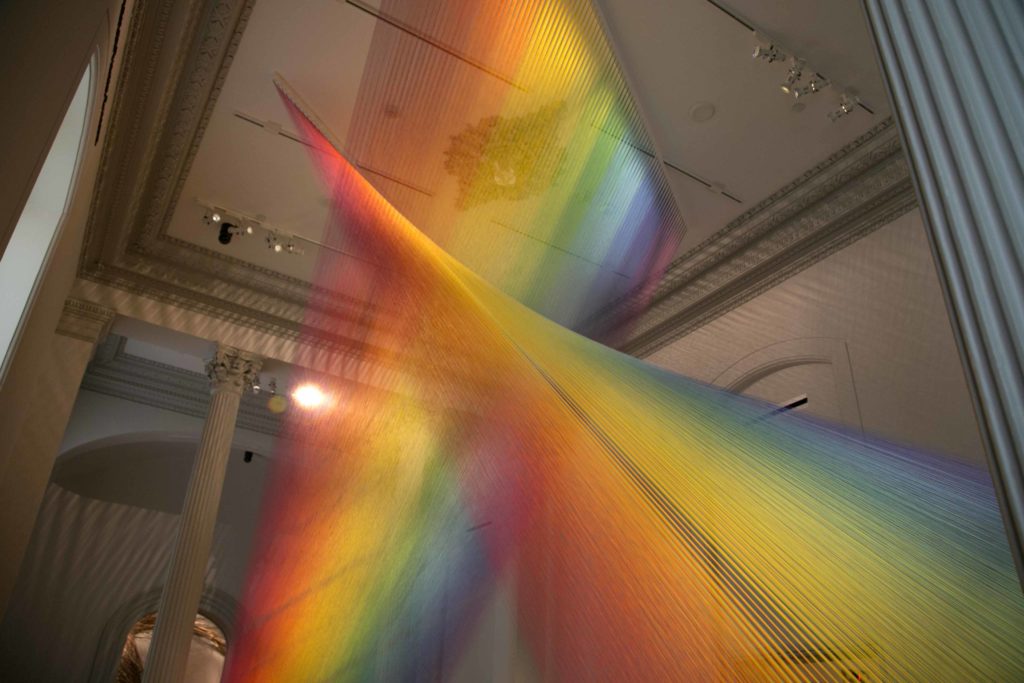
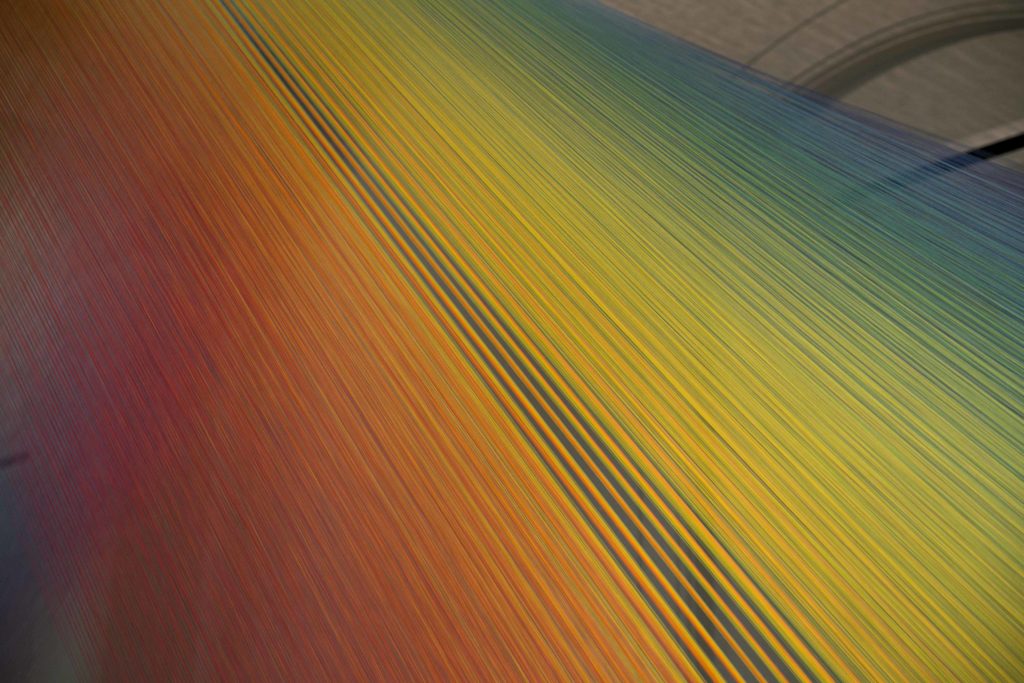
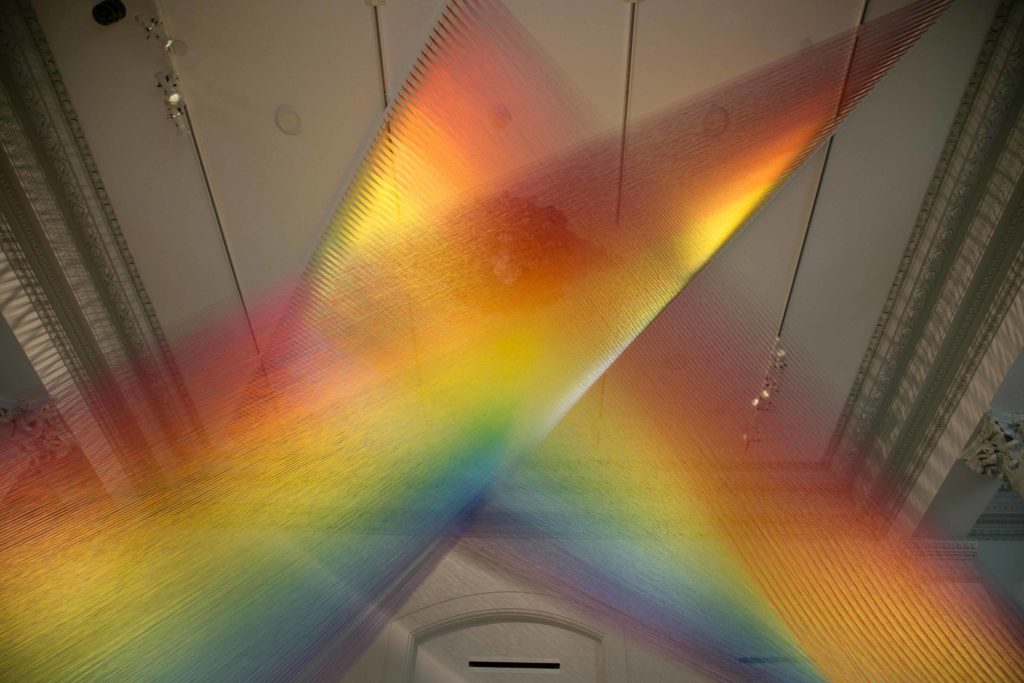
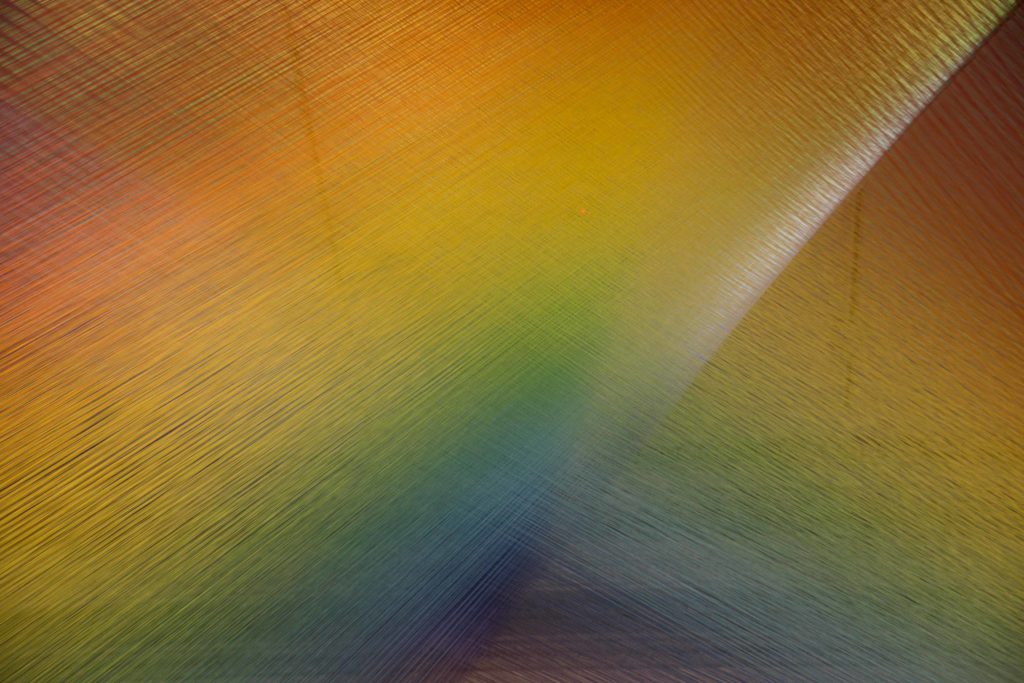
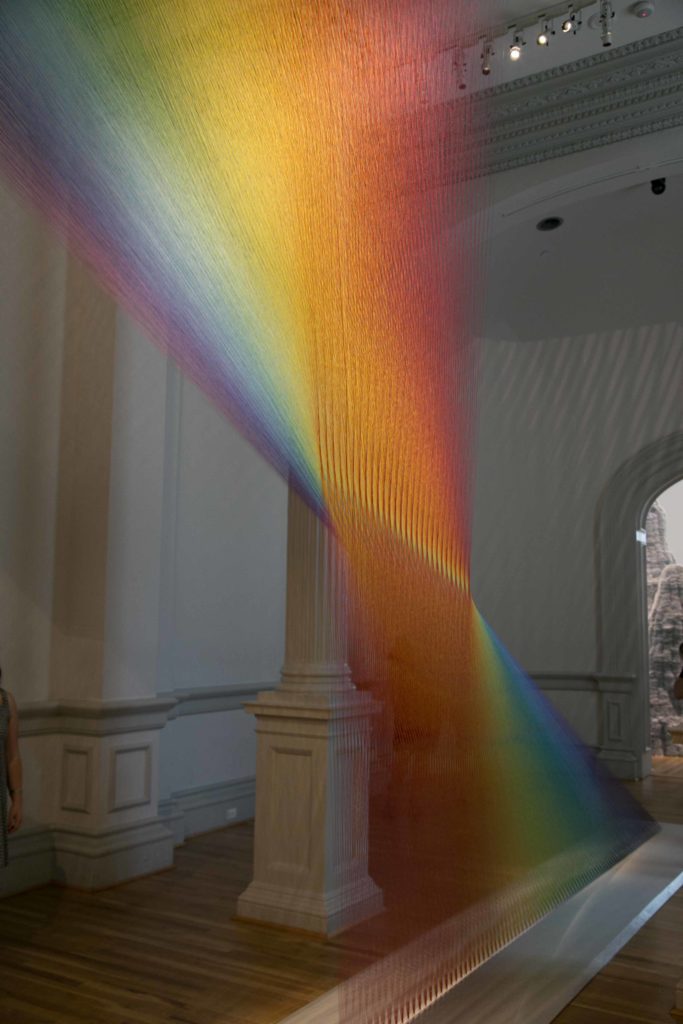
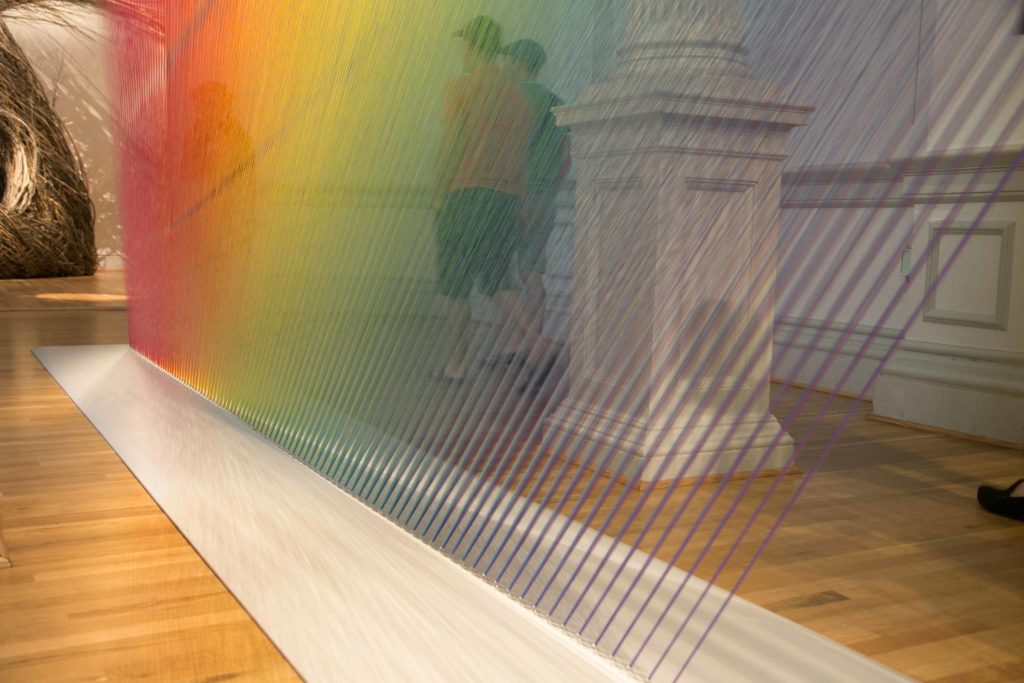


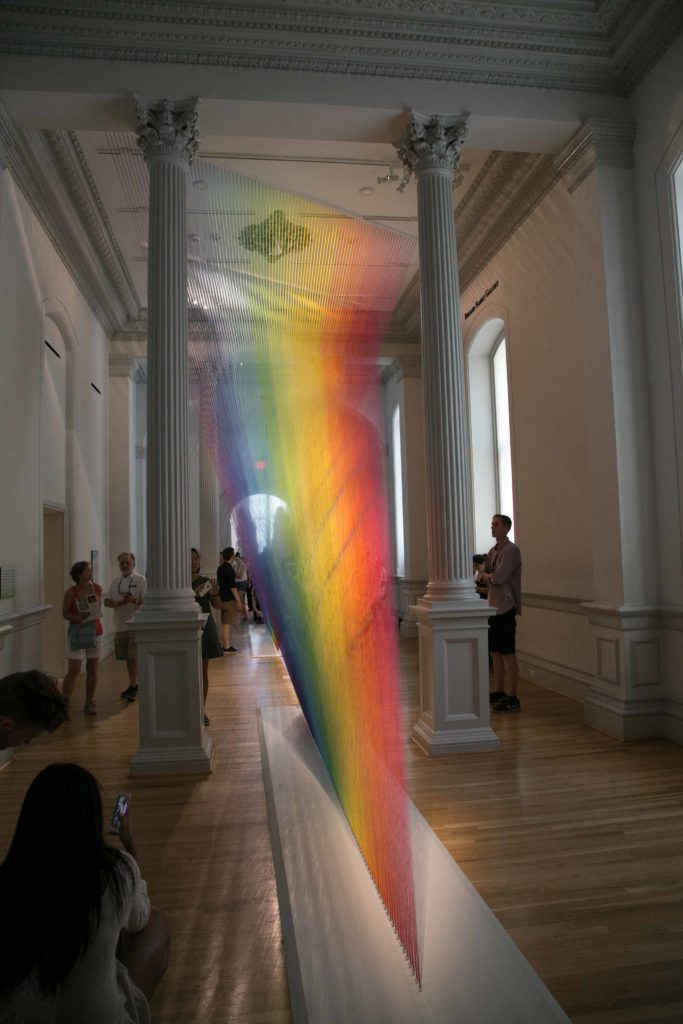
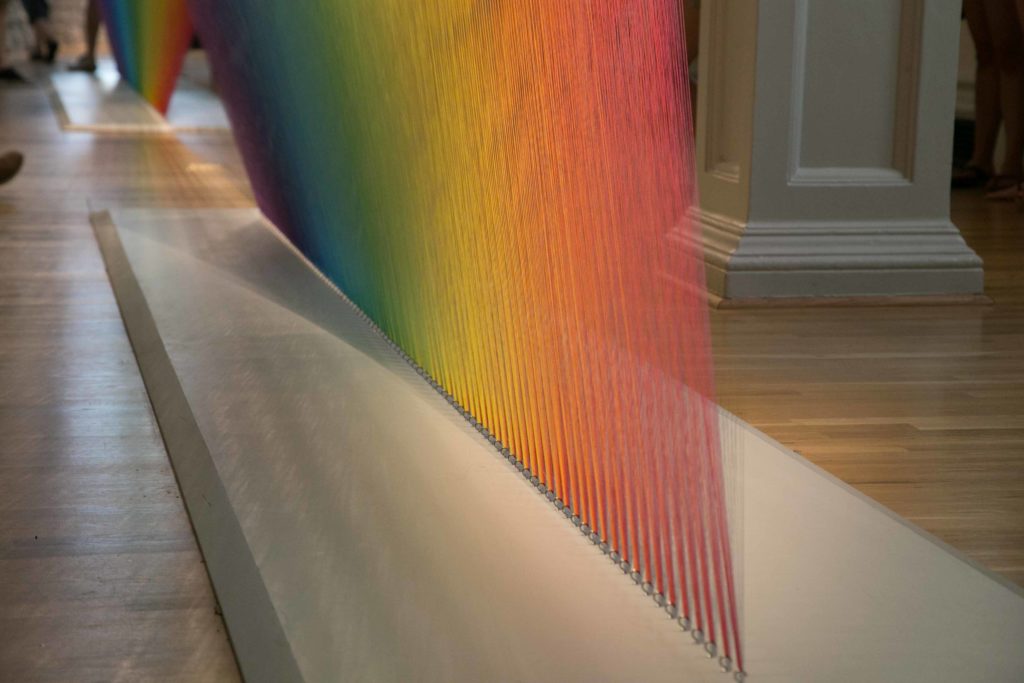
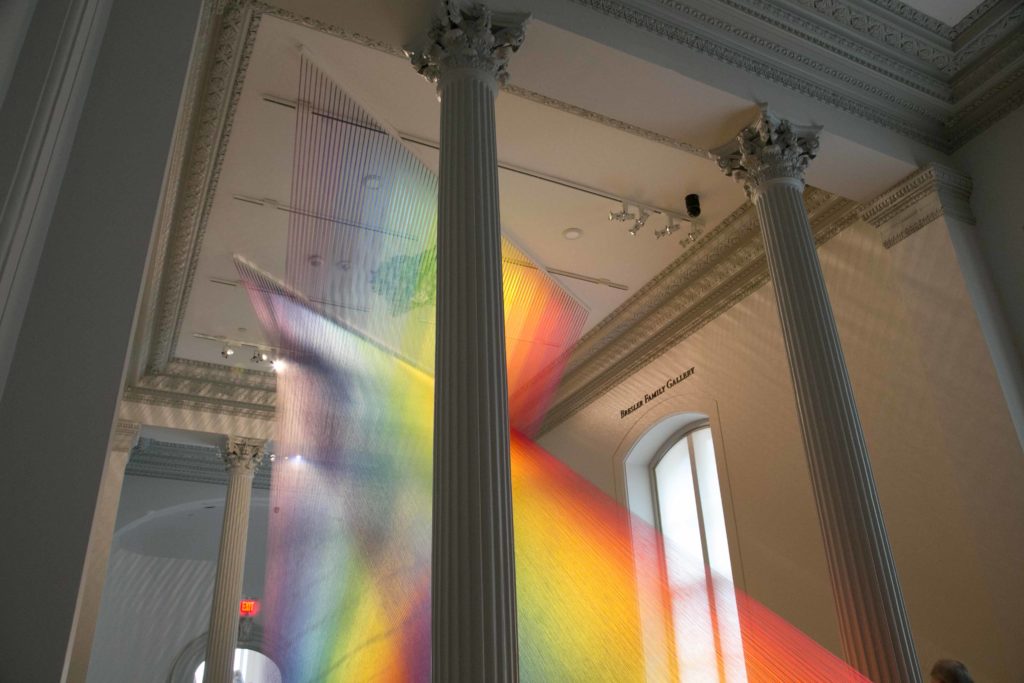
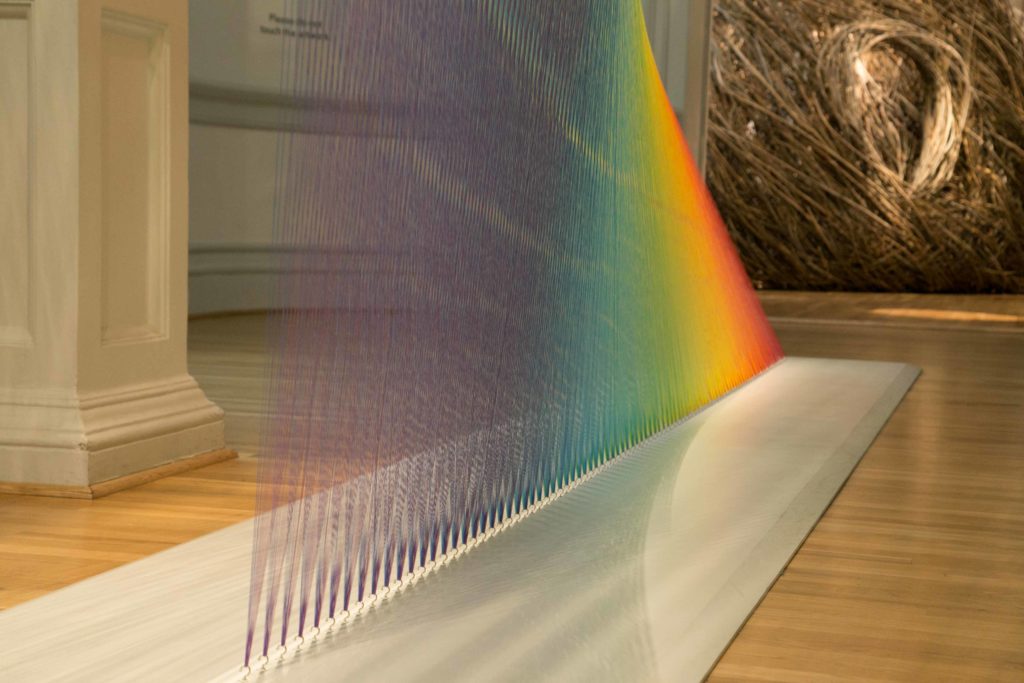

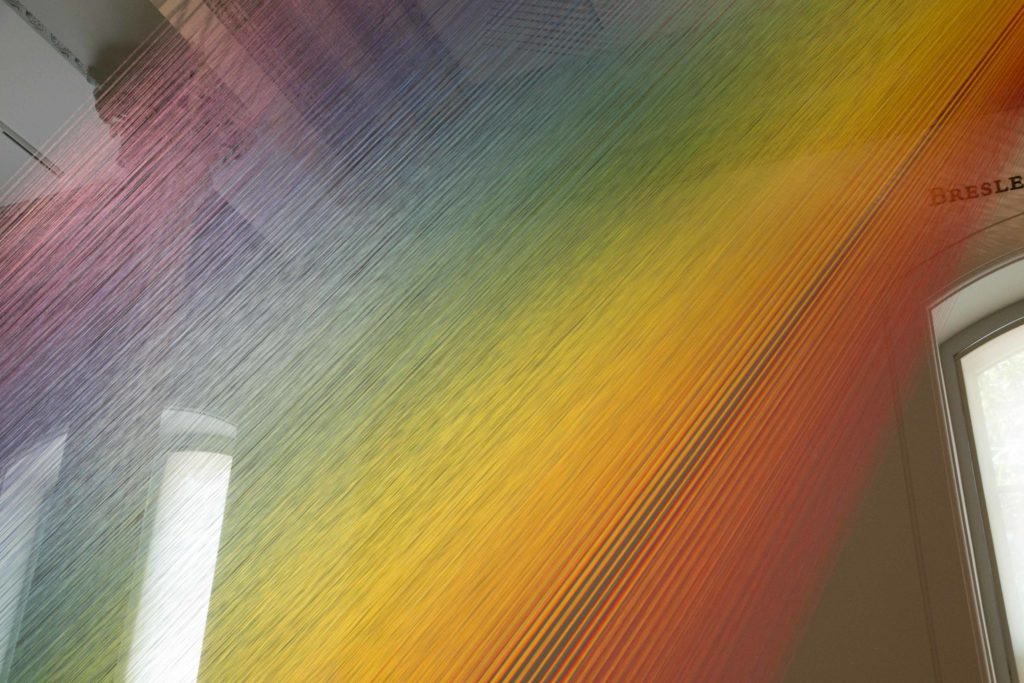
Rust
While I was photographing the ruins of the Elkins Roundhouse, I saw some rust on the big turnstile. Actually, I saw a lot of rust on everything, but the point is, I really started looking at the rust. It was beautiful. It was all variations of colors and textures. It was peeling paint cracking and folding and turning up to reveal other layers of paint, all being pushed away from the metal by the rust forming. It was rust forming on rust. It was Mother Nature laughing at the work of humans. It is one of those things where the average person would not give something the shortest glance, but I want to stop them and show them the beauty they are missing. Maybe you just have to be really detail oriented like me to see it. Maybe you have to be an engineer or scientist like me to appreciate rust. Or maybe you just have to be a crazy photographer like me to spend 15 minutes photographing rust. 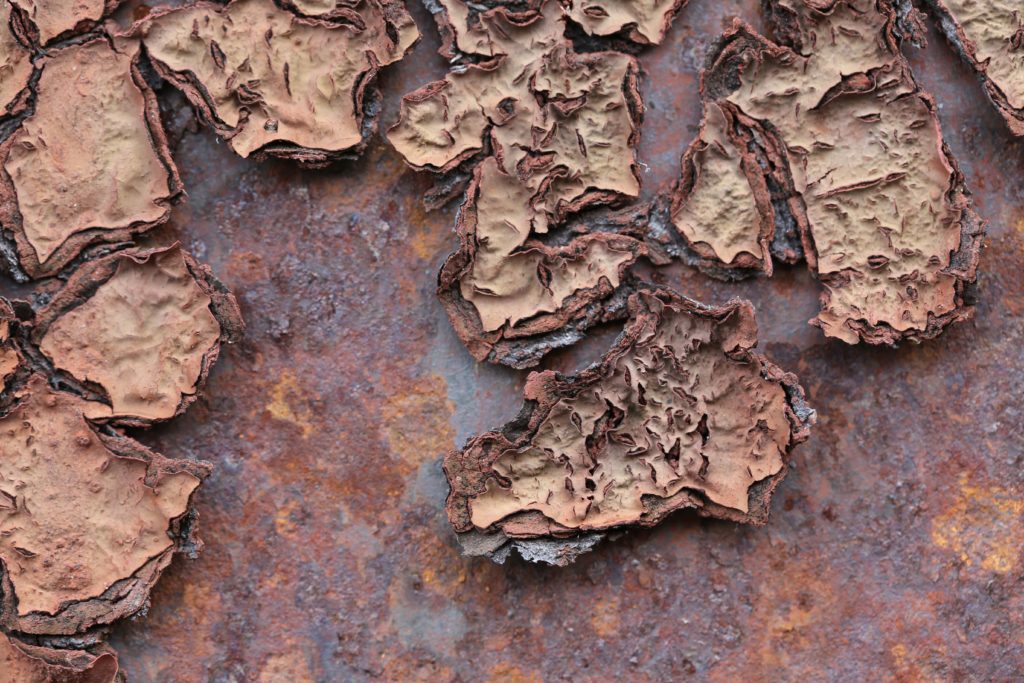
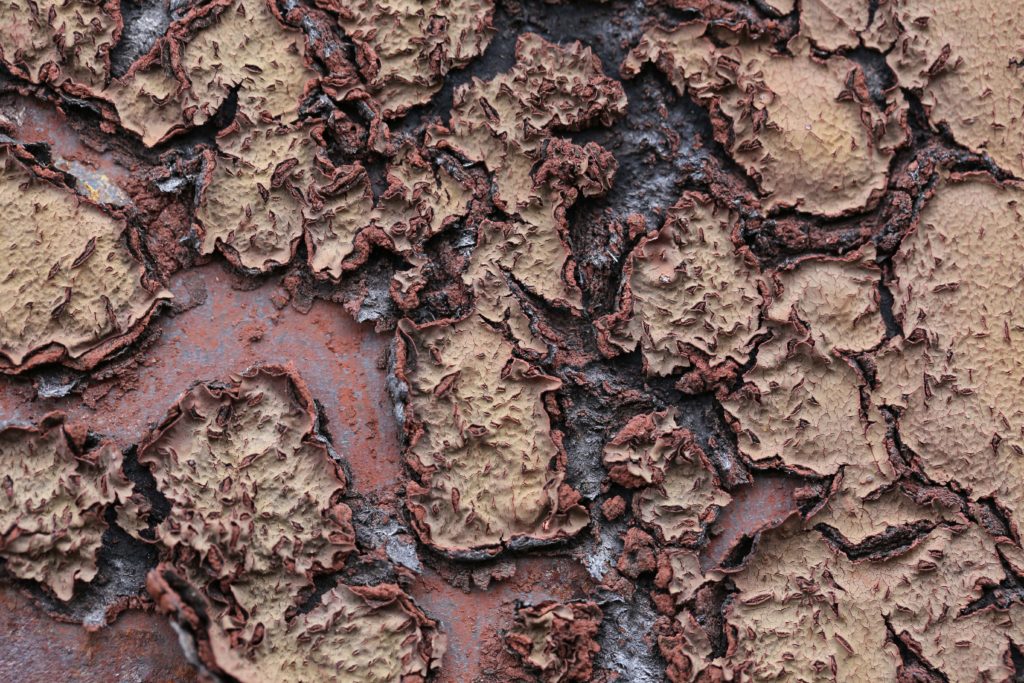
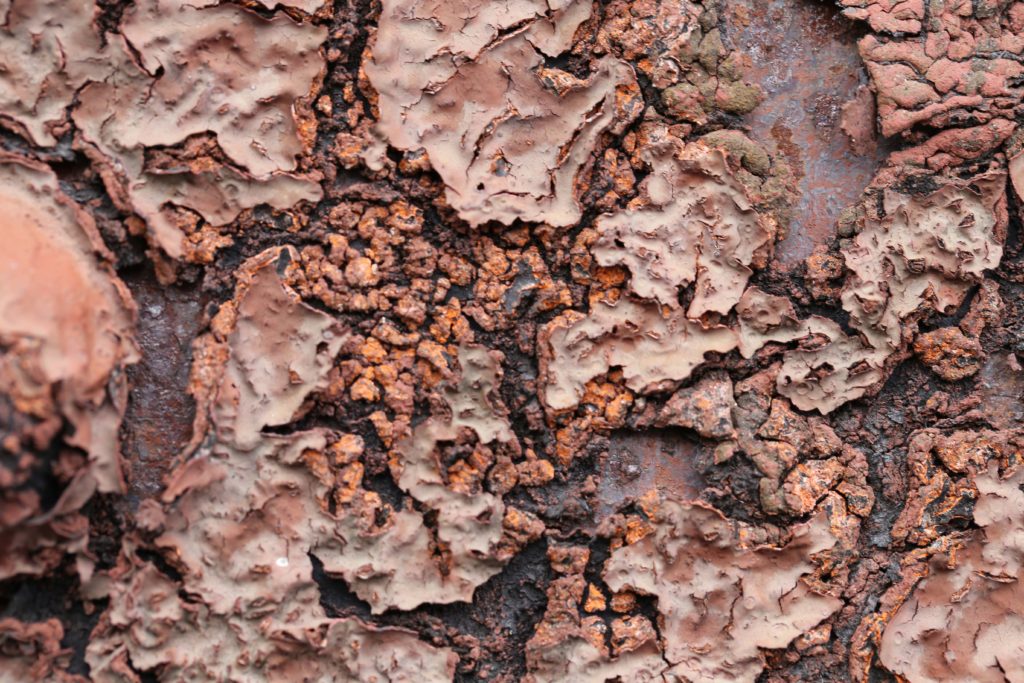
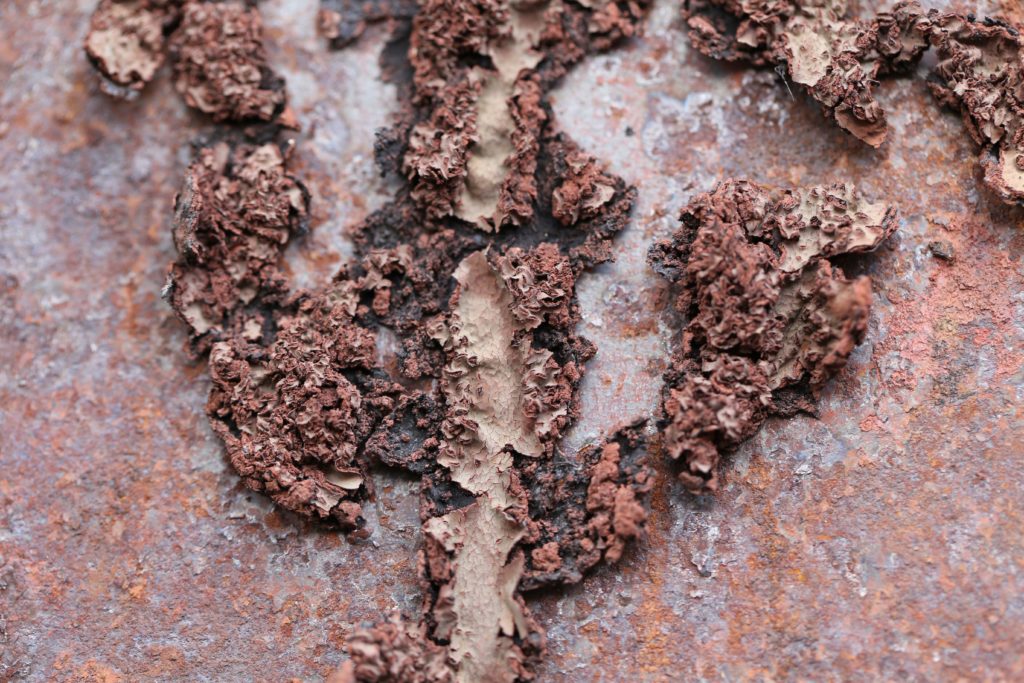
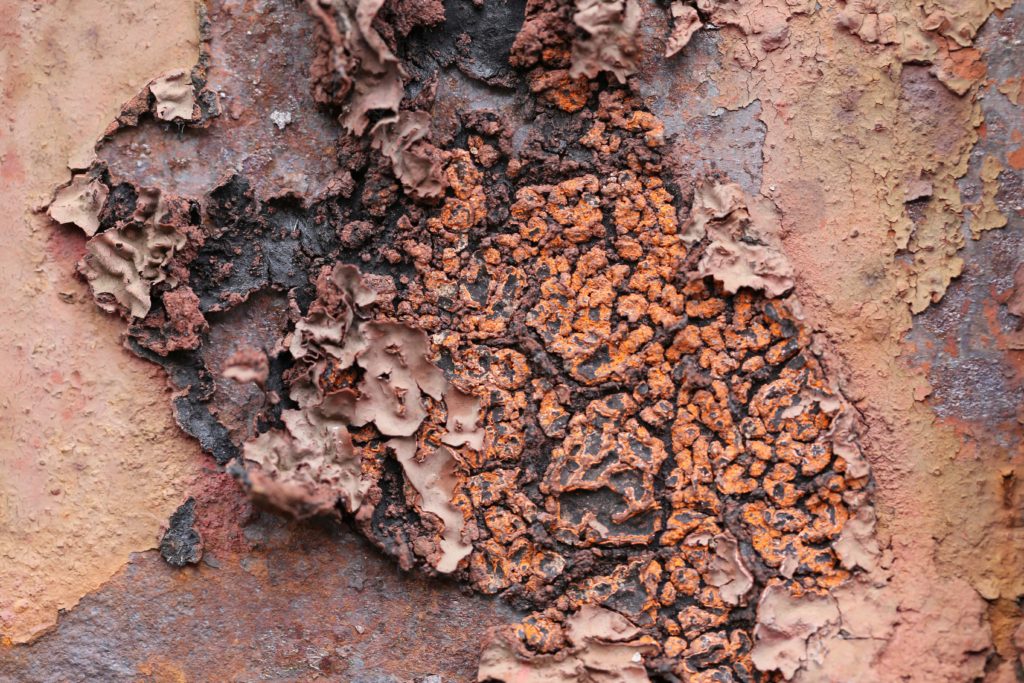

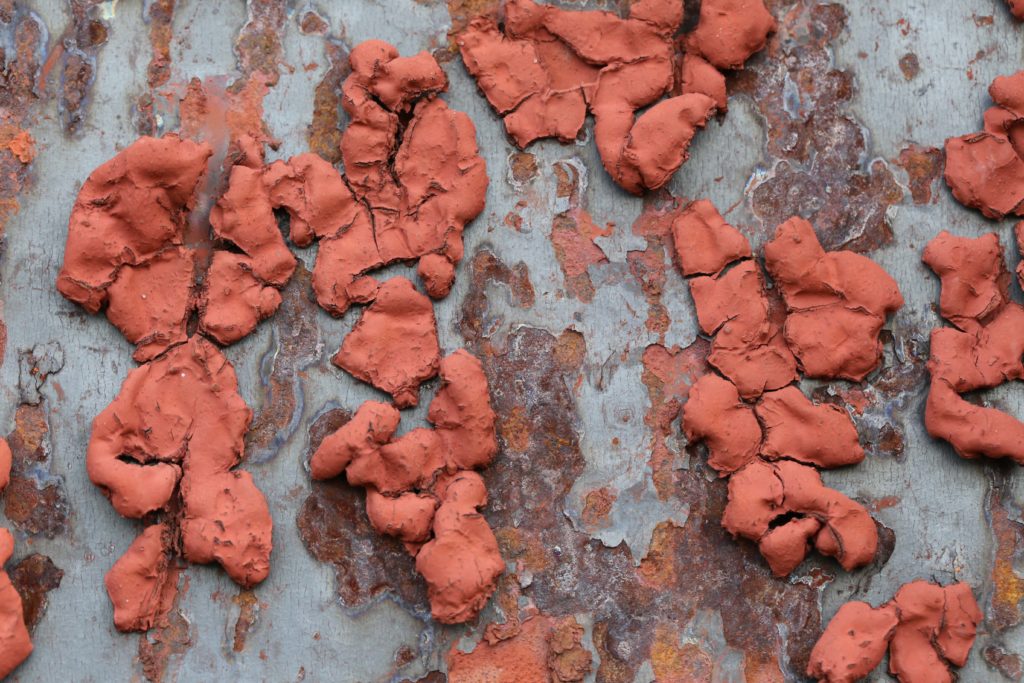
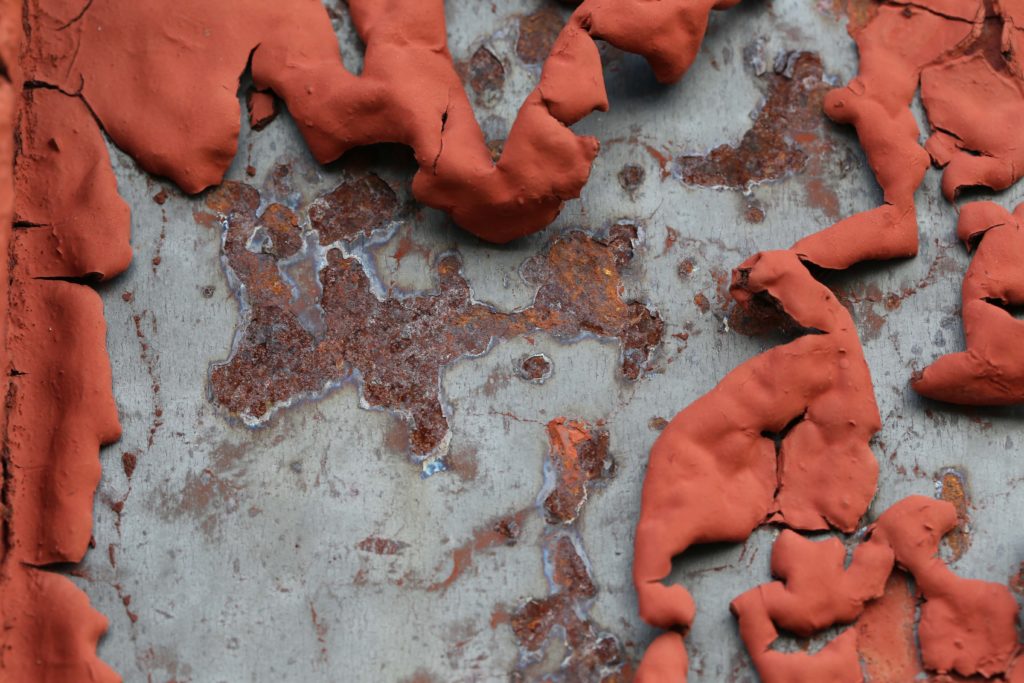
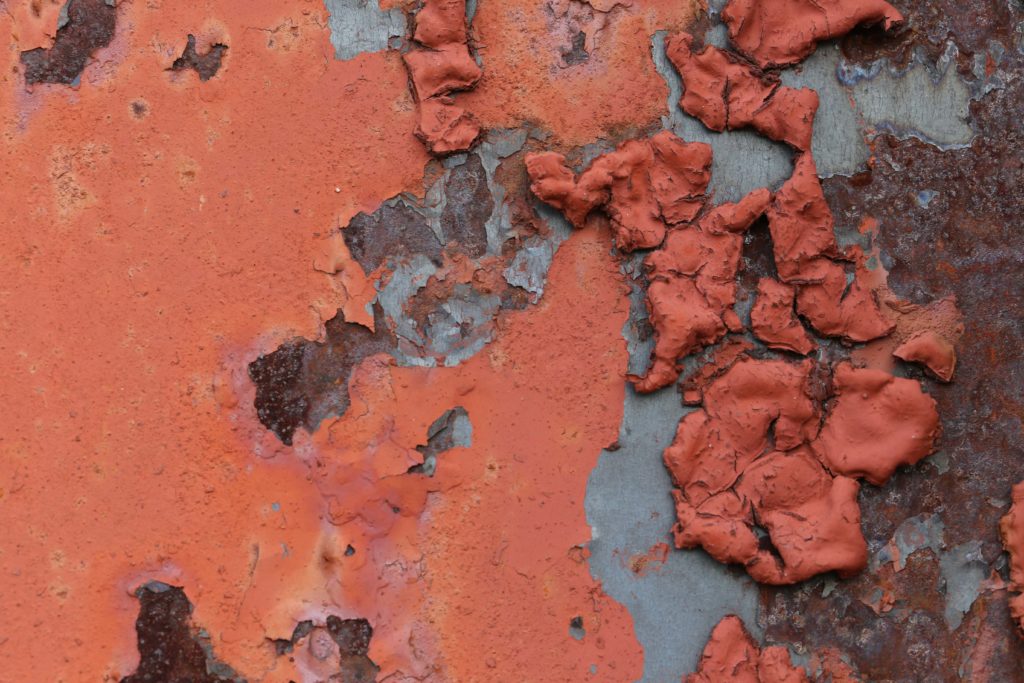
Elkins Roundhouse
Before boarding the Cheat Mountain Salamander train, I had some time to wander around the area where the Elkins Roundhouse used to be. Not much is left. Of the actual circle where the turntable was, all that is left is the pit with a fence around it. Alternating concrete wedges and grass lanes where the tracks were are the remains of the stalls. The only other remains are random metal parts scattered about.
I don’t know why I like photographing ruins, but I do. Part of what I like is imagining what used to be there.
Cass
To wrap up my trip to scenic railroads in West Virginia, my tour group visited Cass, where the Cass Scenic Railroad is based. Cass is now a state park, but it once was a company town, built to support the logging operations and mill. The company store and many of the company houses are still standing. All the company houses were built the same and are basic, yet today, they still look charming. Cass was famous for having wooden sidewalks on all its streets. The town still does have wooden sidewalks, but obviously they are not the original ones. The mill burnt down, but remnants of it still remain. A newer train shop is there also, and if you are lucky like me, you can get a tour.
![Cass jail in the basement of the building that has the mayor's office and council chambers on the top floor. [There is a modern day political joke in there.]](http://www.geekygirlengineer.com/wp-content/uploads/2016/06/IMG_8355-1024x683.jpg)
Cass jail in the basement of the building that has the mayor’s office and council chambers on the top floor. [There is a modern day political joke in there.]
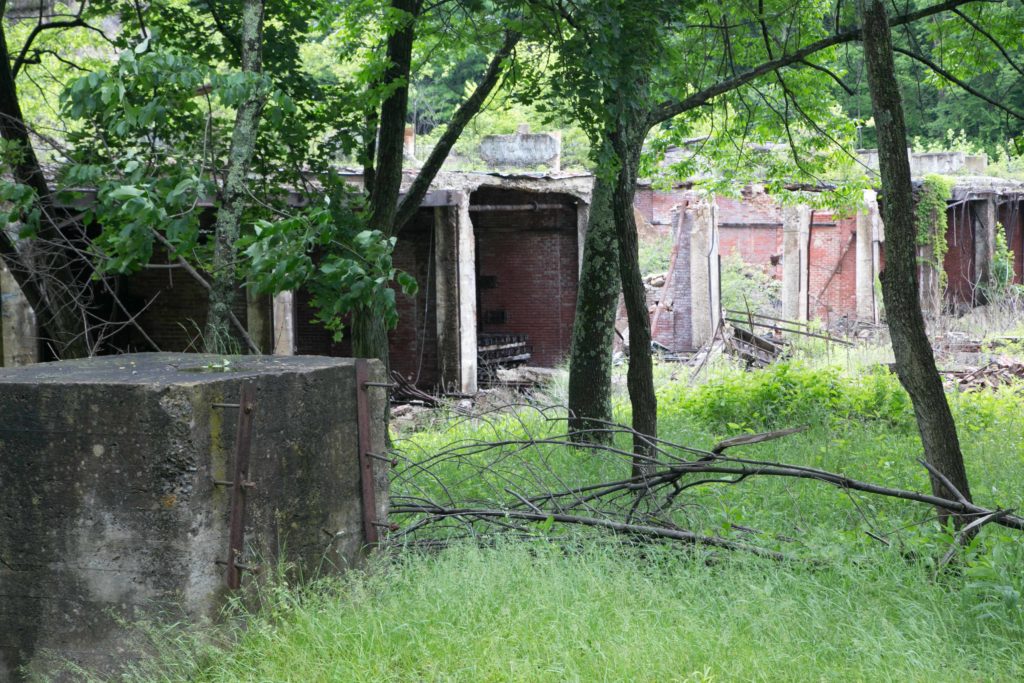
The ovens of the former mill. In the third oven, stacks of wood are present. The mill was closed so suddenly that the wood was left still in the oven.
A short video of the Cass Scenic Railroad rolling to the station and stopping to pick up water.
Cass Railroad
Continuing my West Virginia railroad adventure, at Old Spruce Junction, we got off the lovely Cheat Mountain Salamander train and got on the Cass Railroad. The Cass Railroad took us to the top of Bald Knob, which is the third highest point in West Virginia. It has an overlook that gives amazing views, including a view of the Green Bank Telescope, the world’s largest fully steerable radio telescope. The train is powered by a Shay Number 6 locomotive, which was built in 1945. The Shay Number 6 has most of its working parts on the outside, so it is rather fascinating to look at. It also requires a lot of oil, which then seems to end up on the tracks.
Cheat Mountain Salamander Train
I went on a ride on the Cheat Mountain Salamander train this morning. Most of the route was along the Shavers Fork of the Cheat River. We stopped along the way at High Falls of the Cheat. The train was vintage, and the car we rode in was lovely and vintage with classic fabric seats.
Durbin Rocket
I took a ride on the Durbin Rocket this afternoon. The Climax geared logging locomotive was built in 1910 and powers a vintage train, including an old postal car. The train is indeed a rocket, as it moves along at a whopping 8 miles per hour. At one point a butterfly passed us. The roundtrip route from Durbin, West Virginia, however is gorgeous as it follows the Greenbriar River in the Monongahela National Forest. The only problem is after seeing all the smoke the coal burning created, I feel the need to go plant an entire grove of trees.

